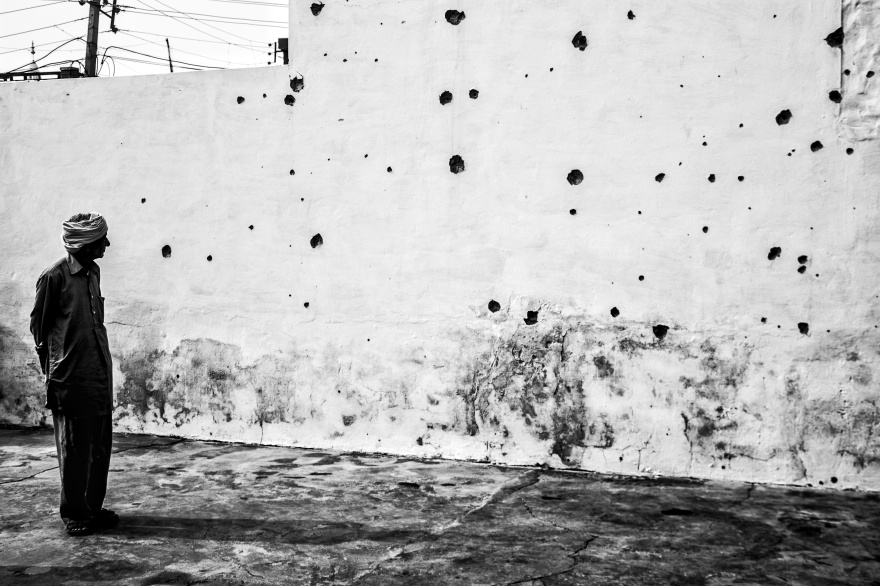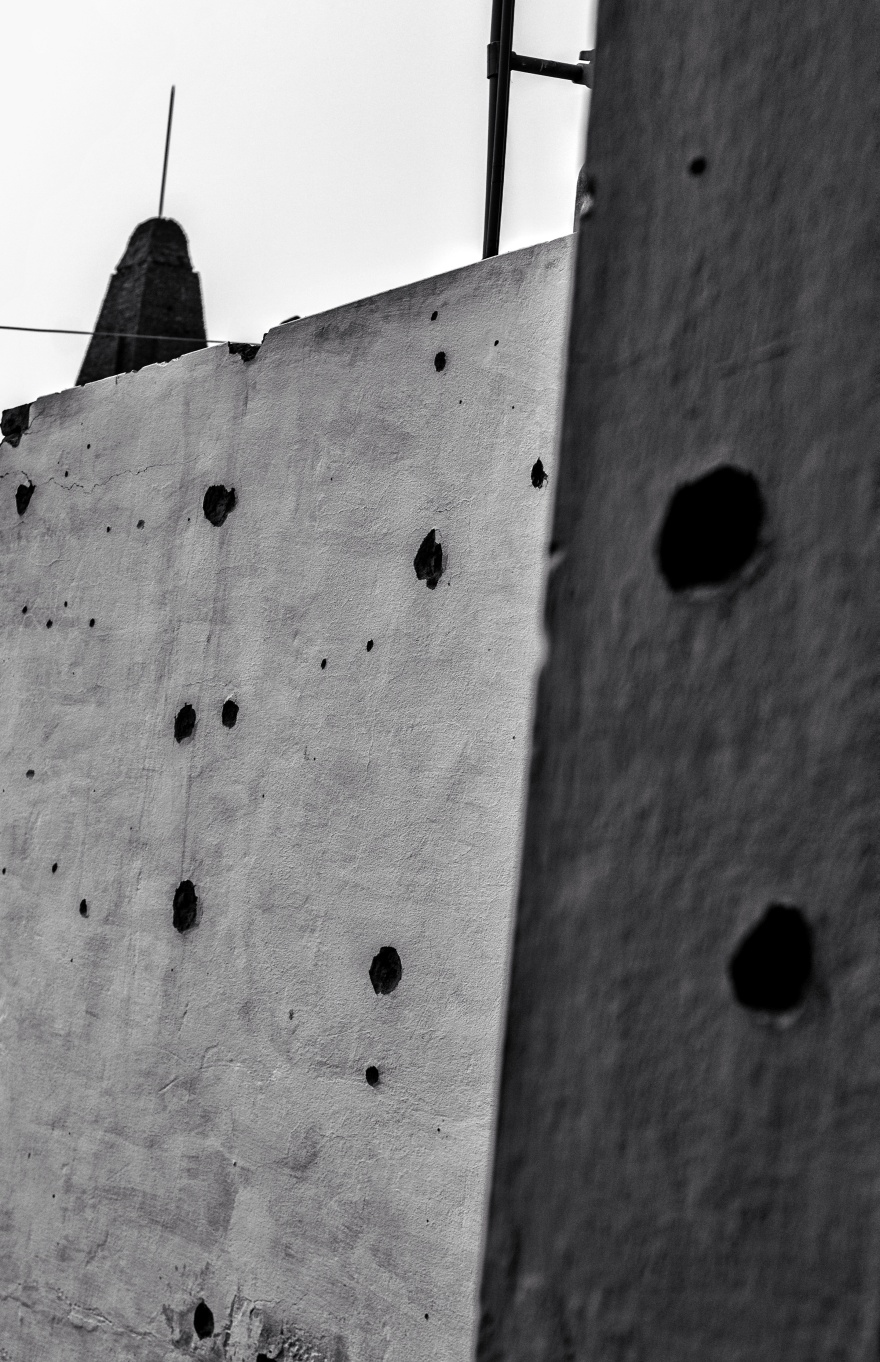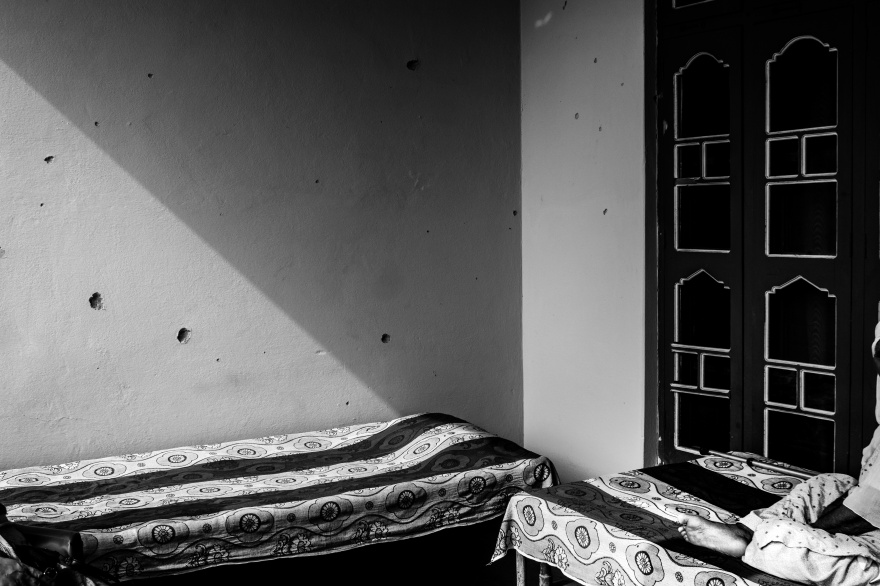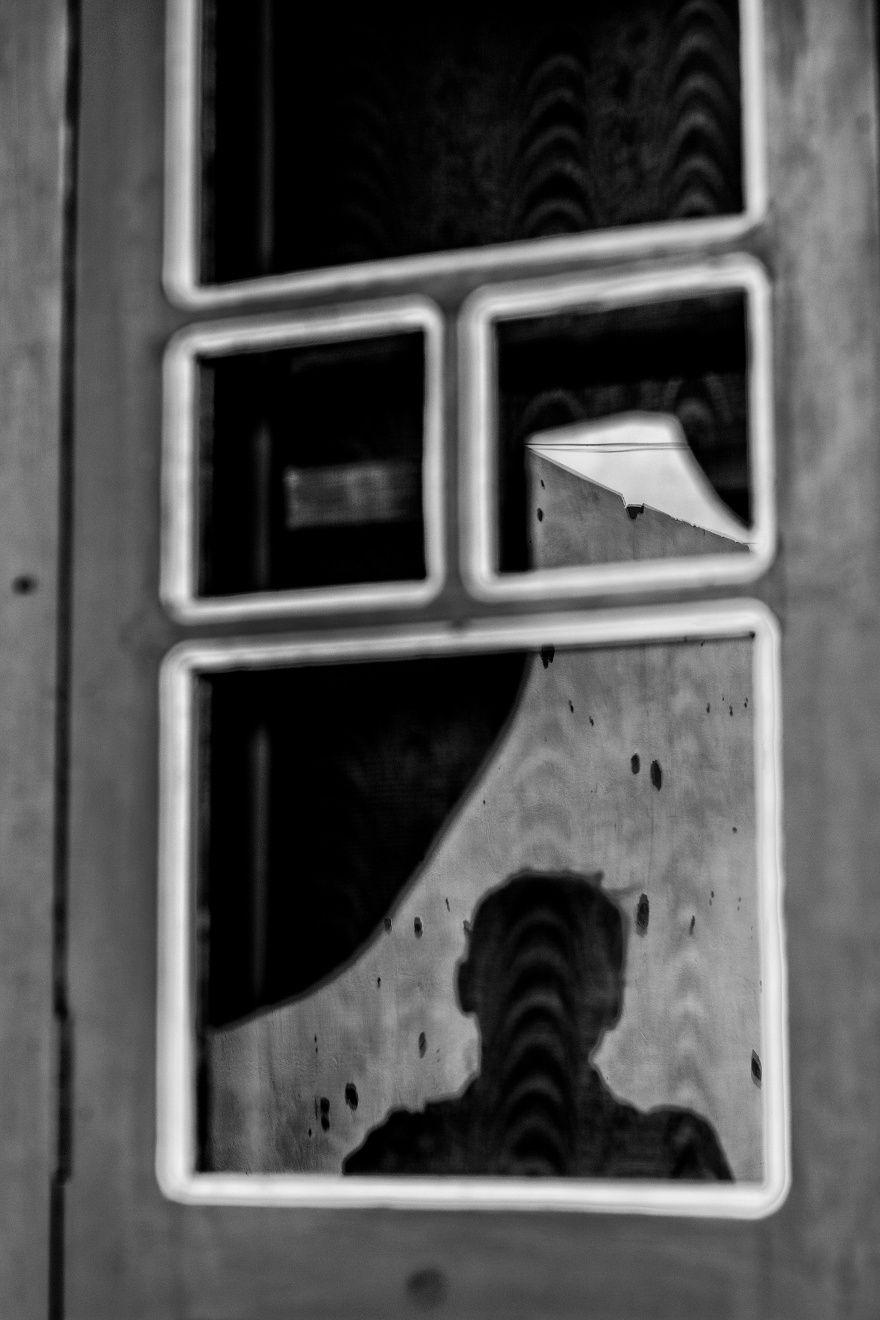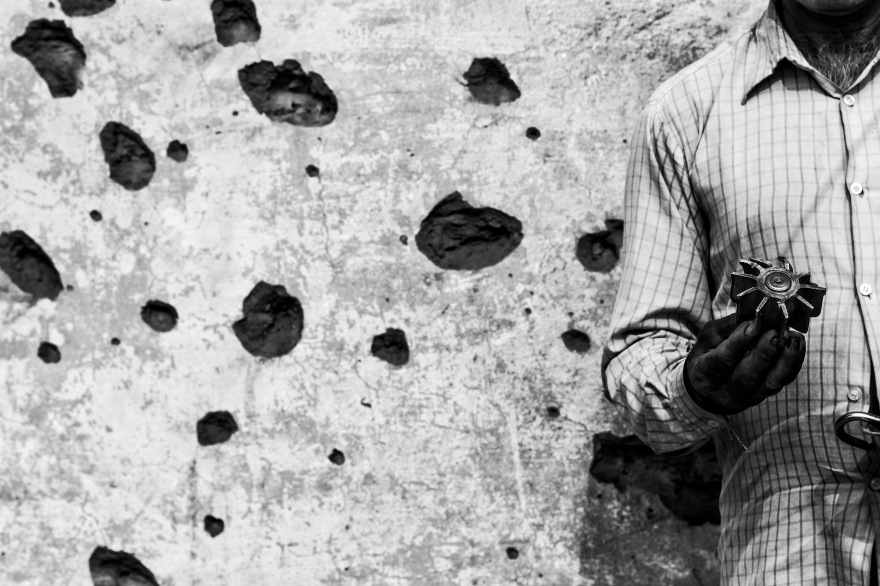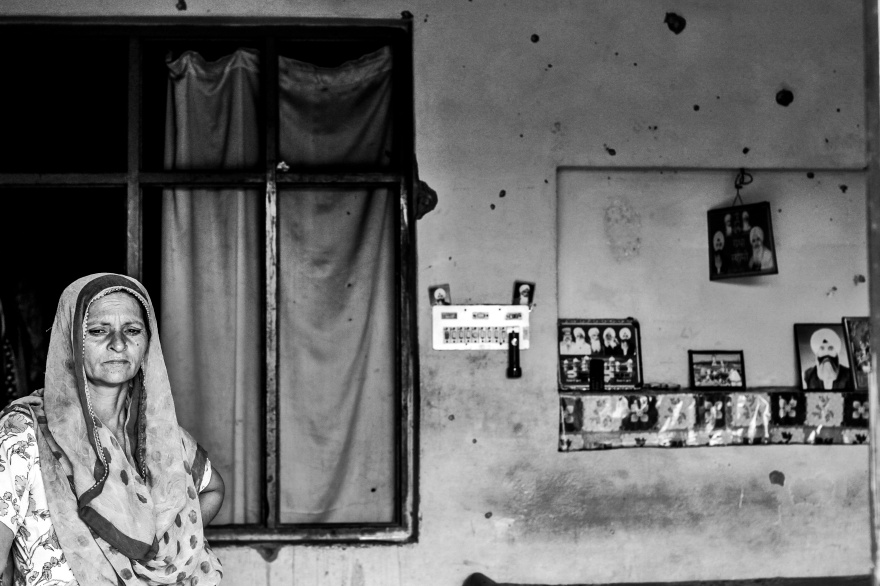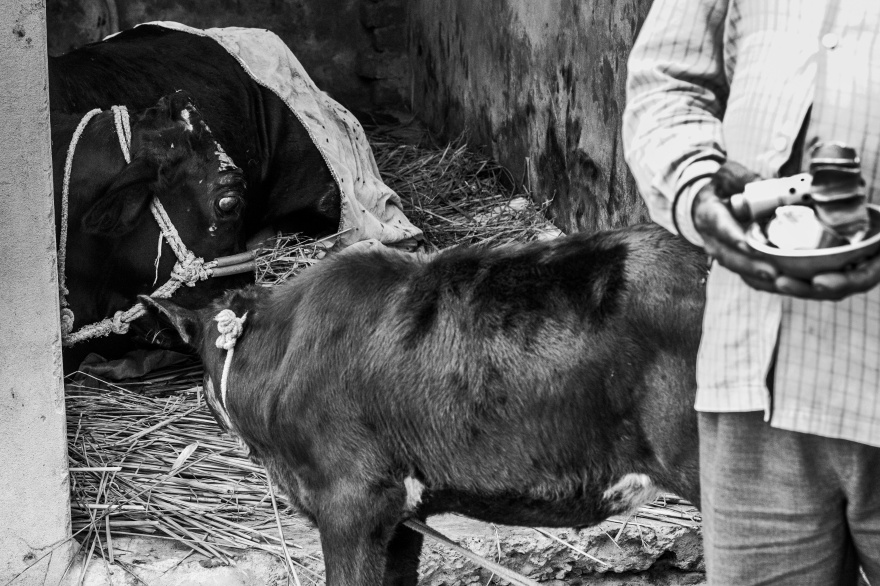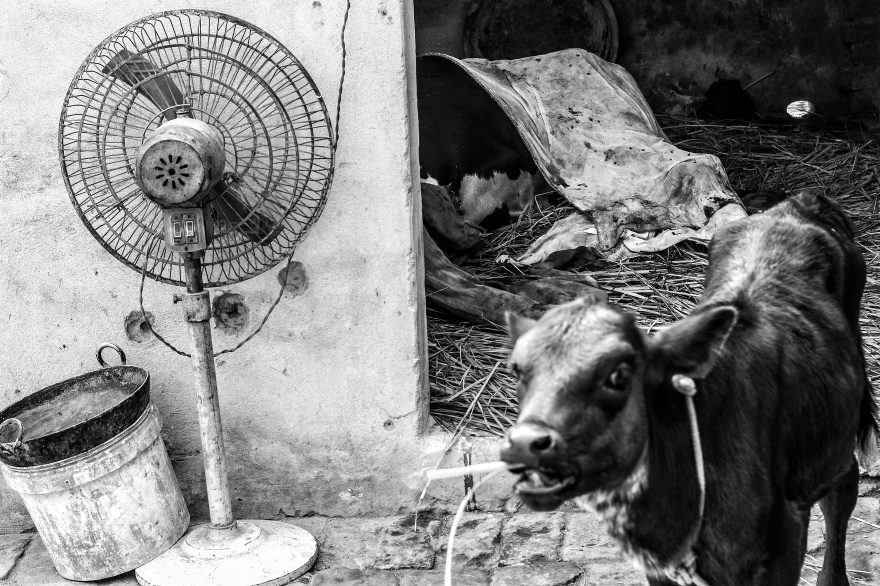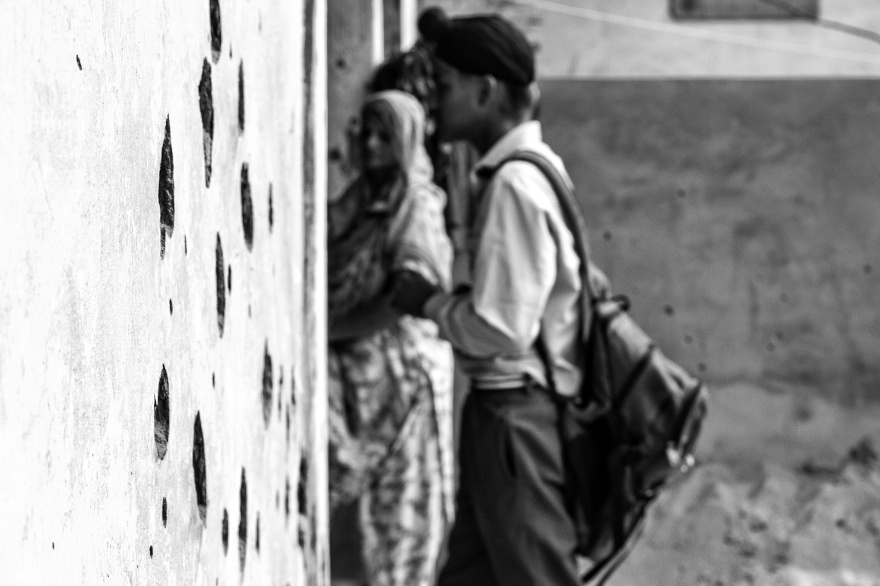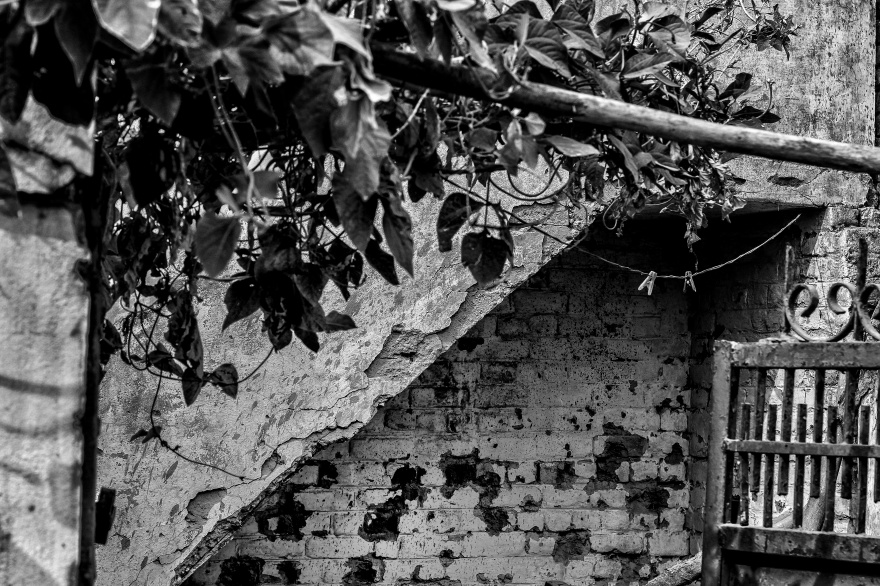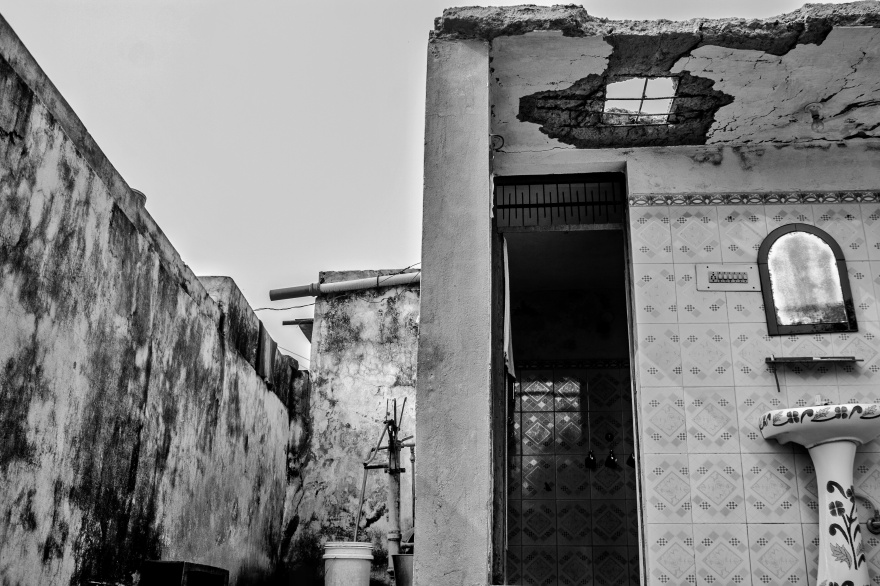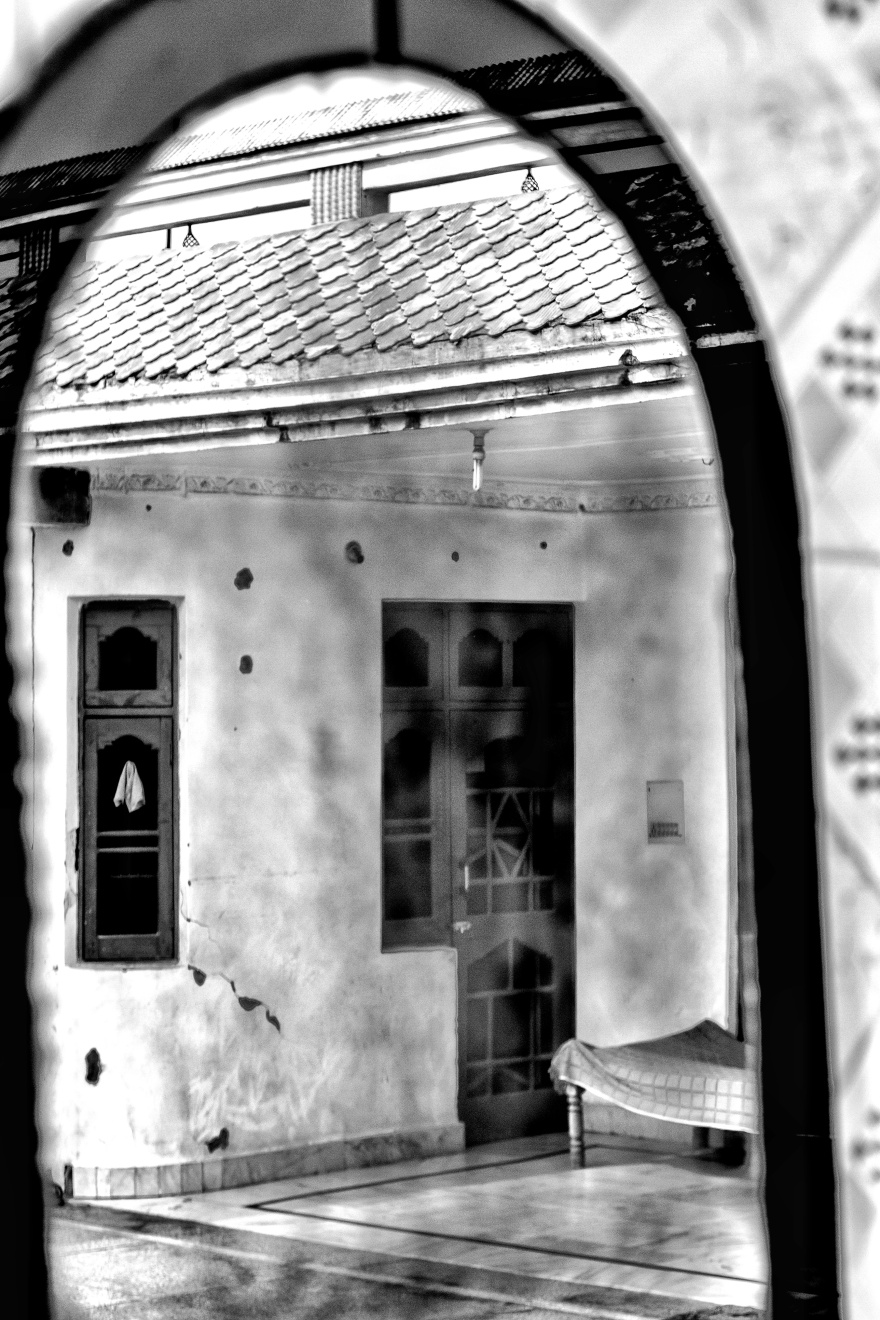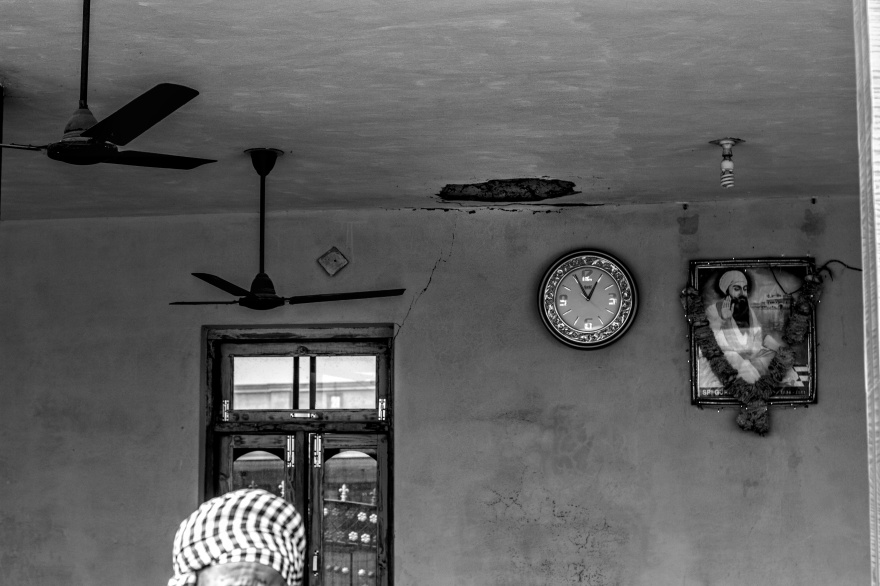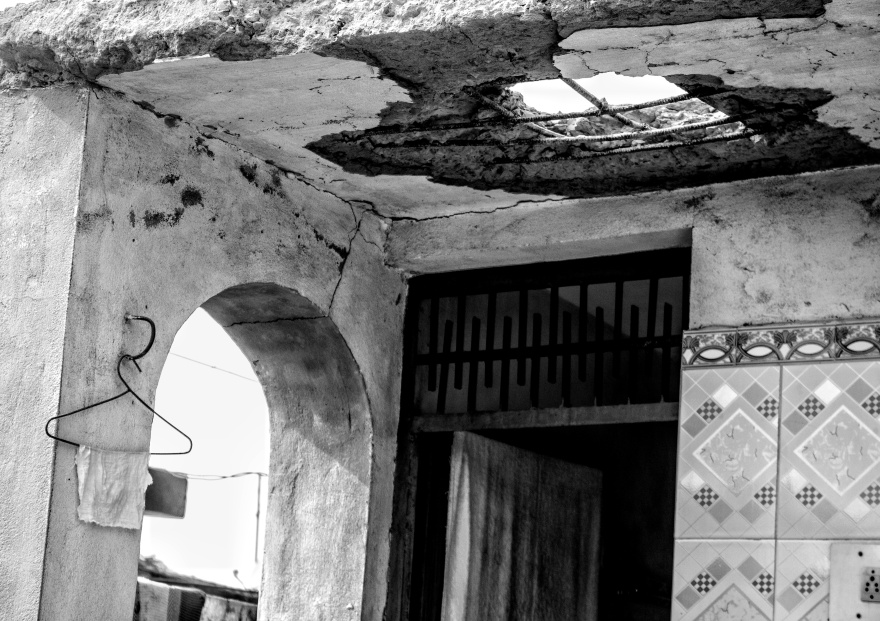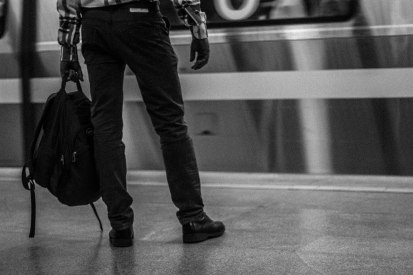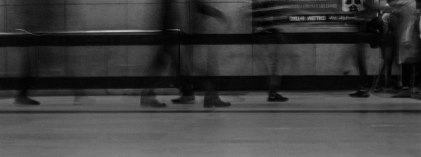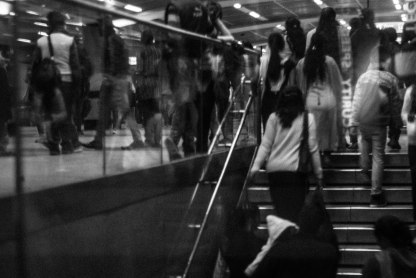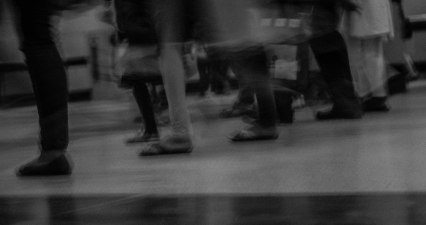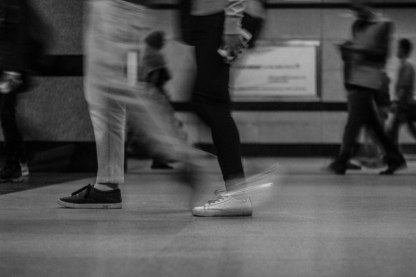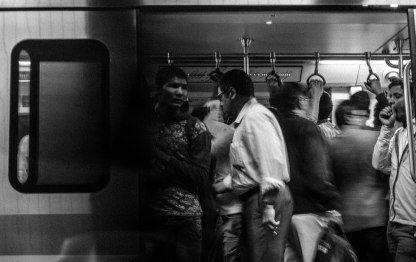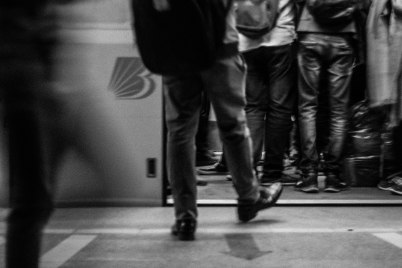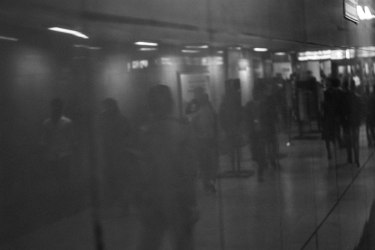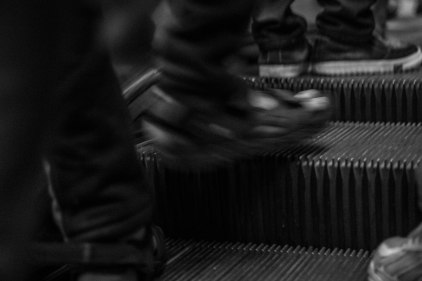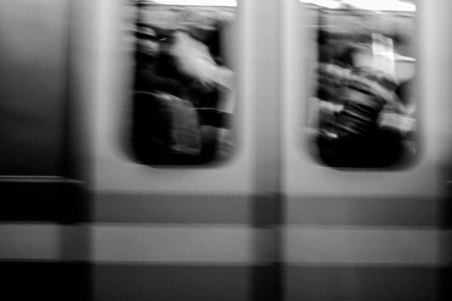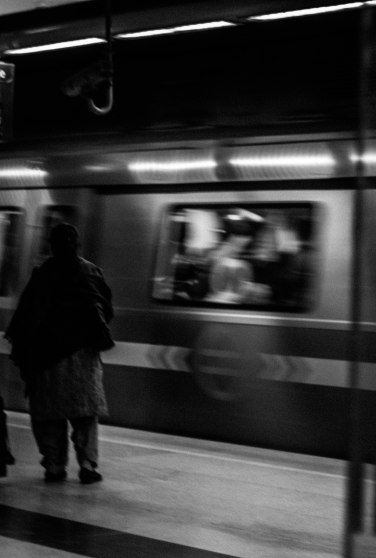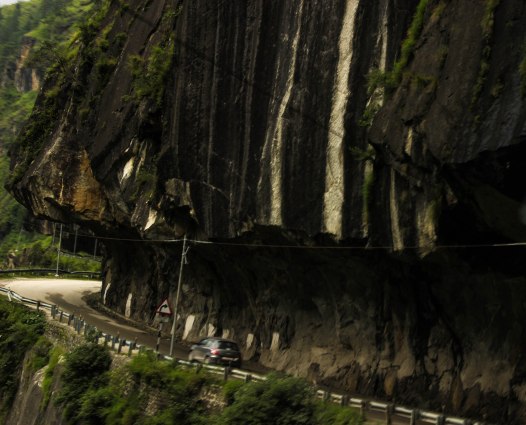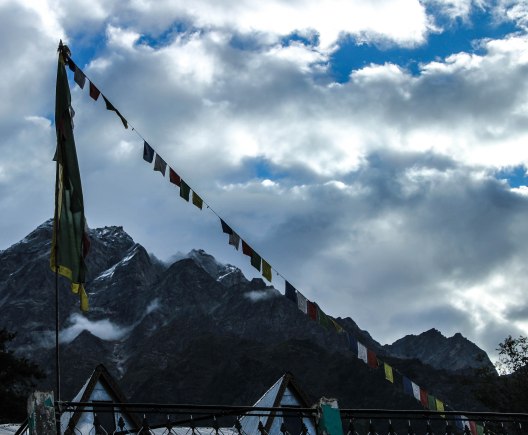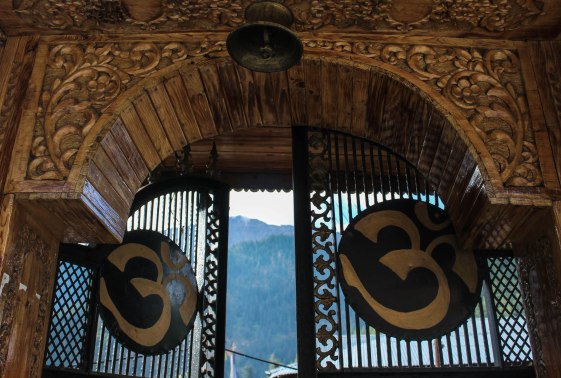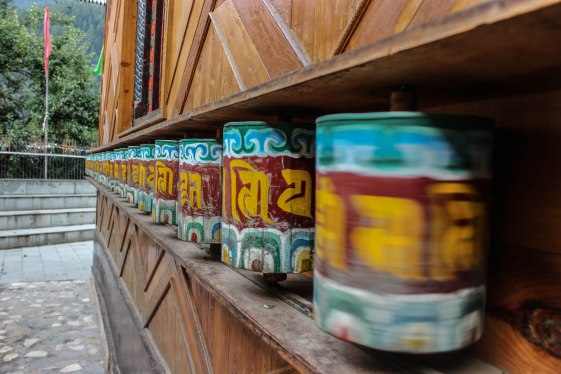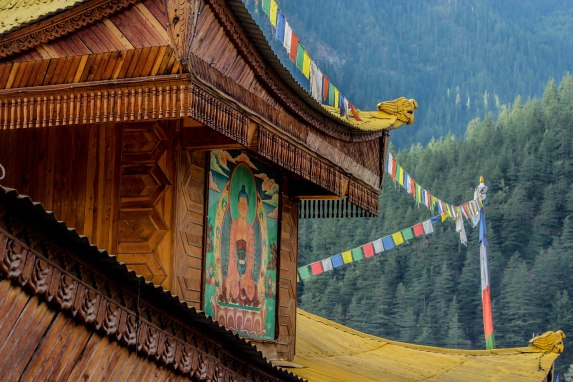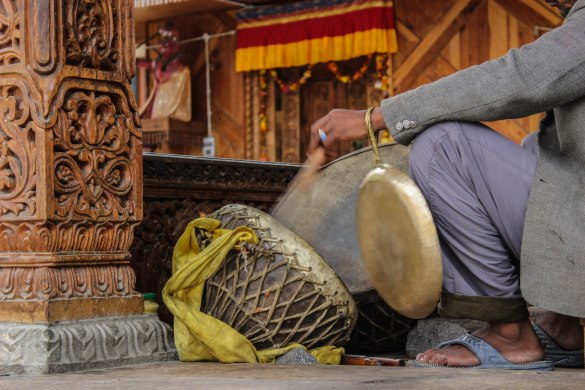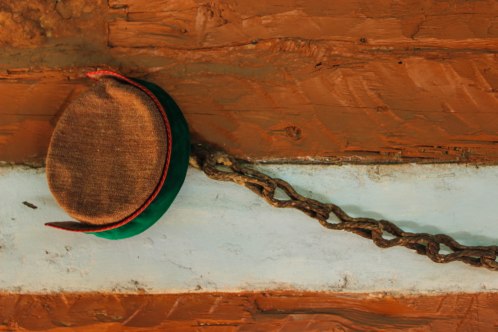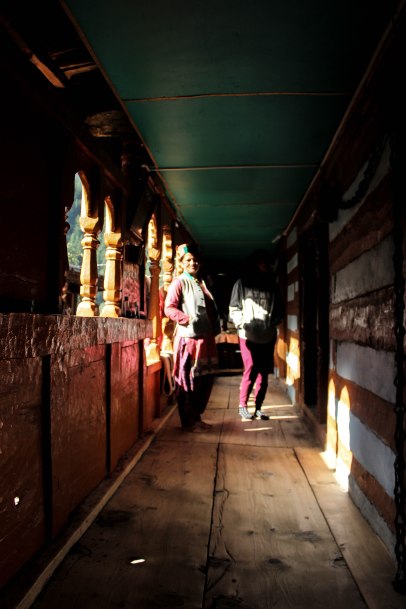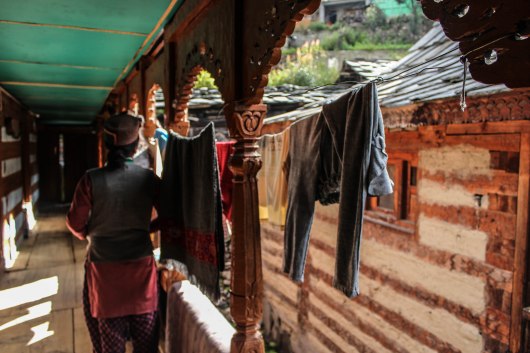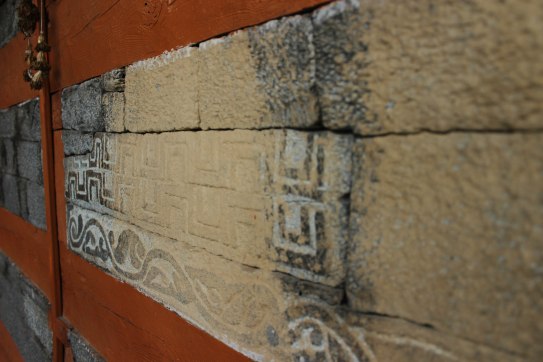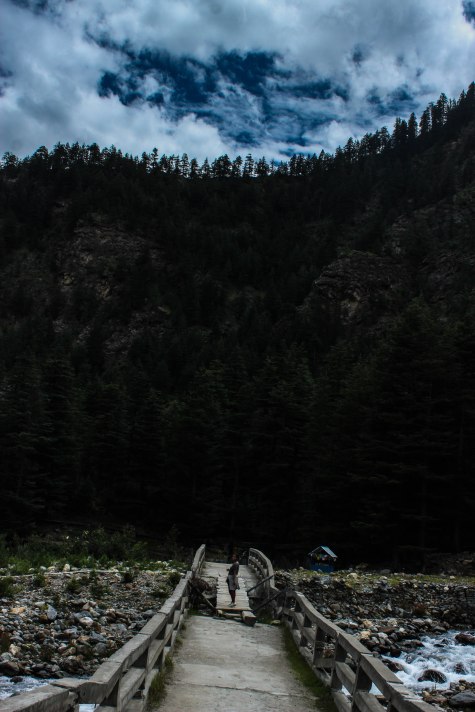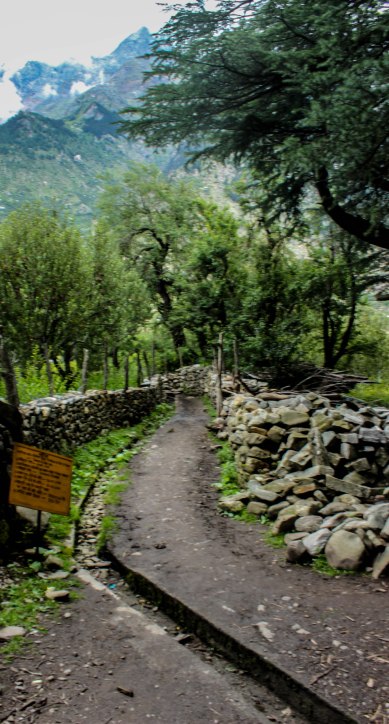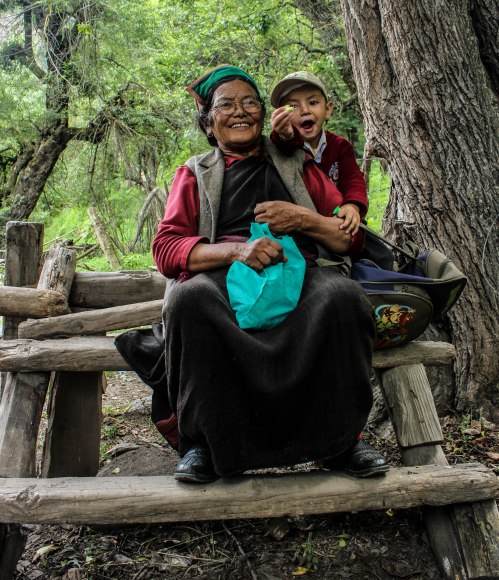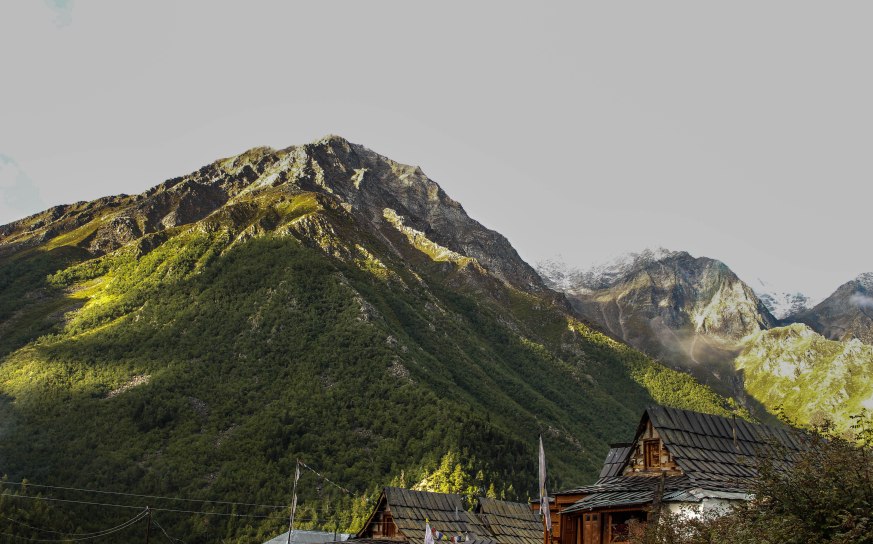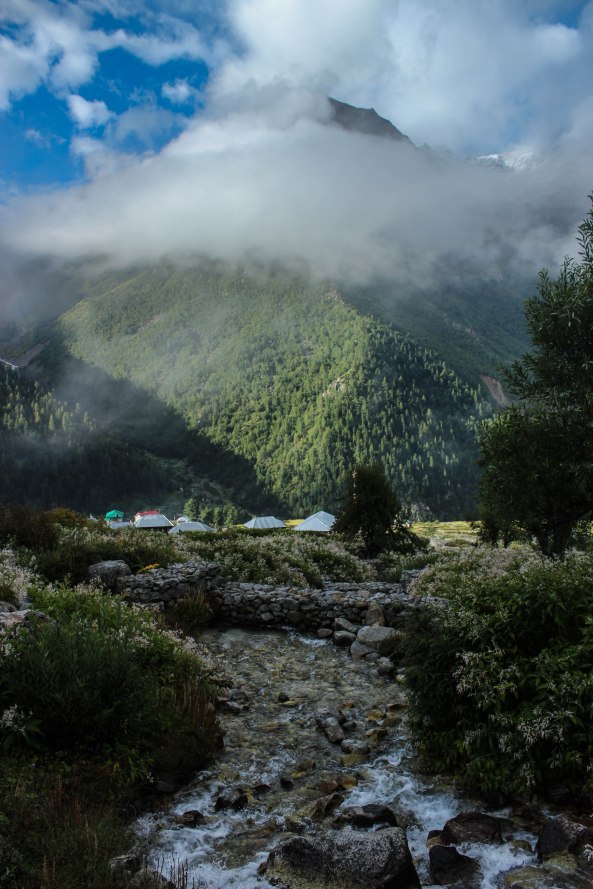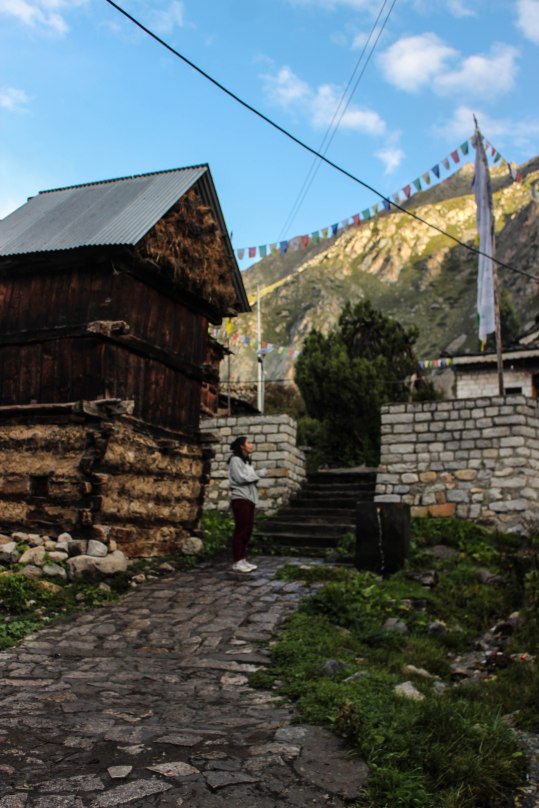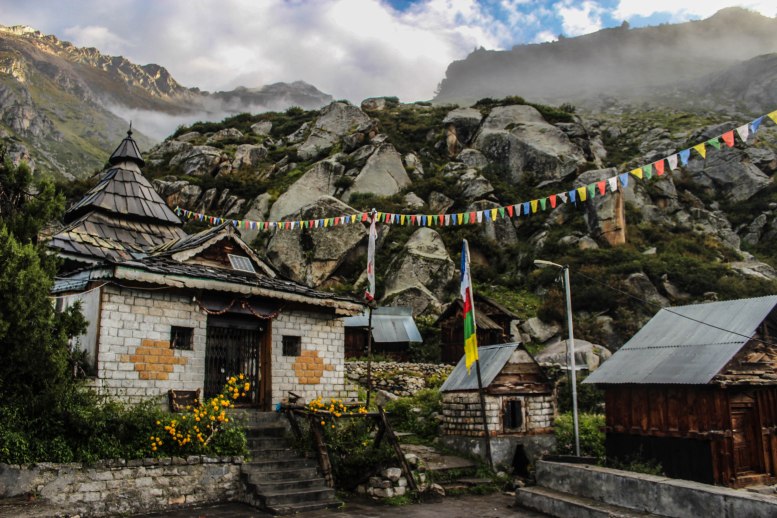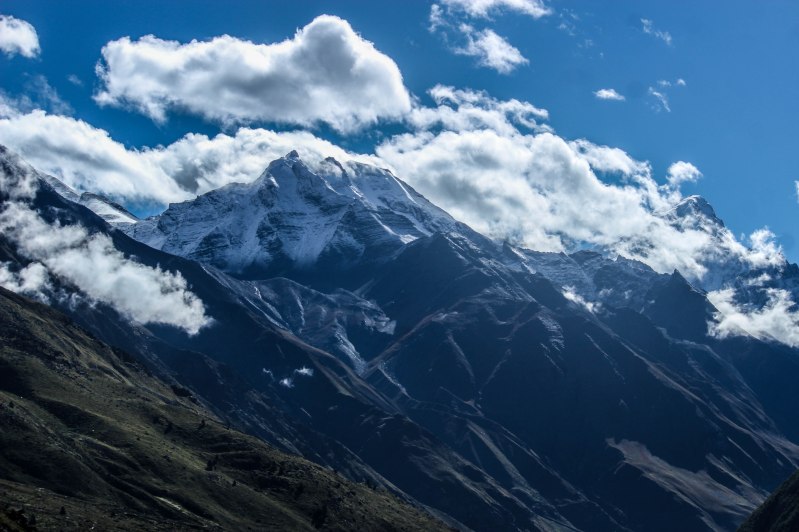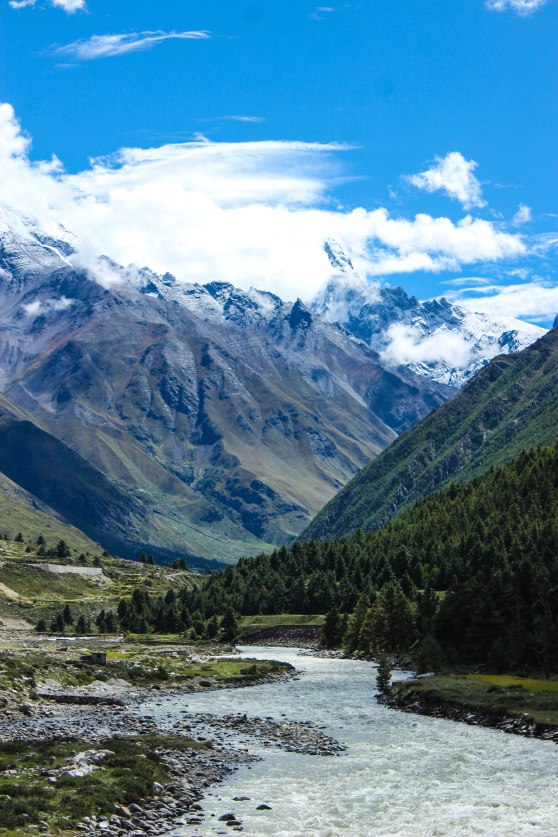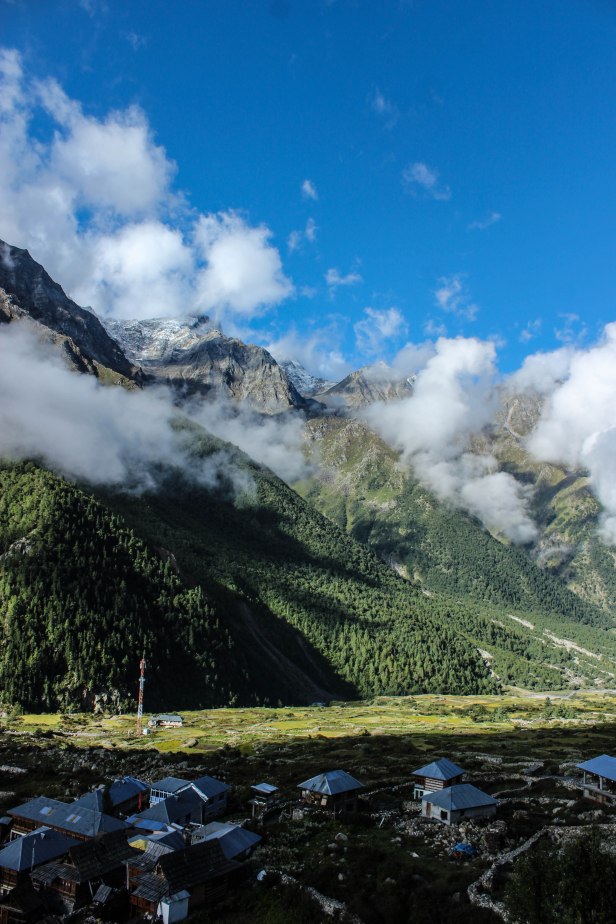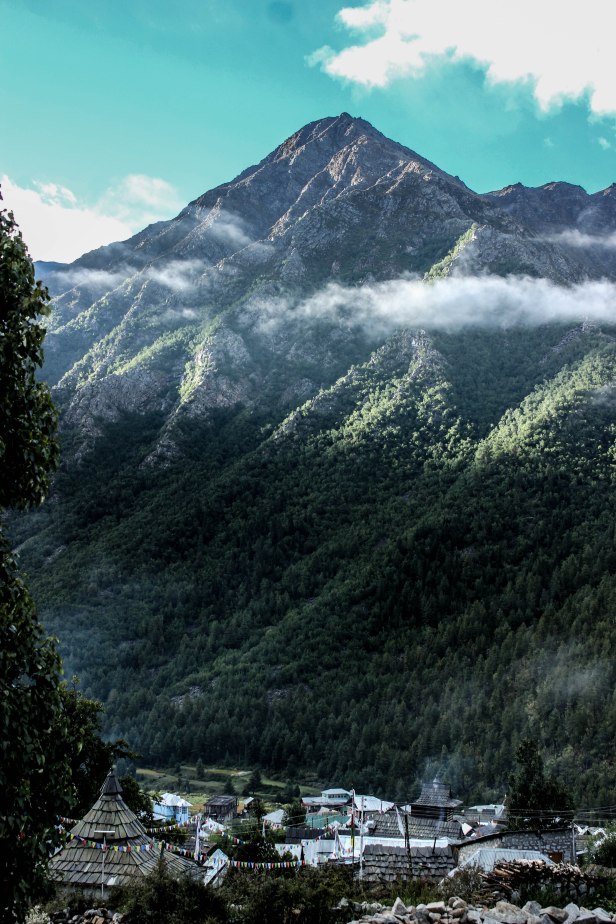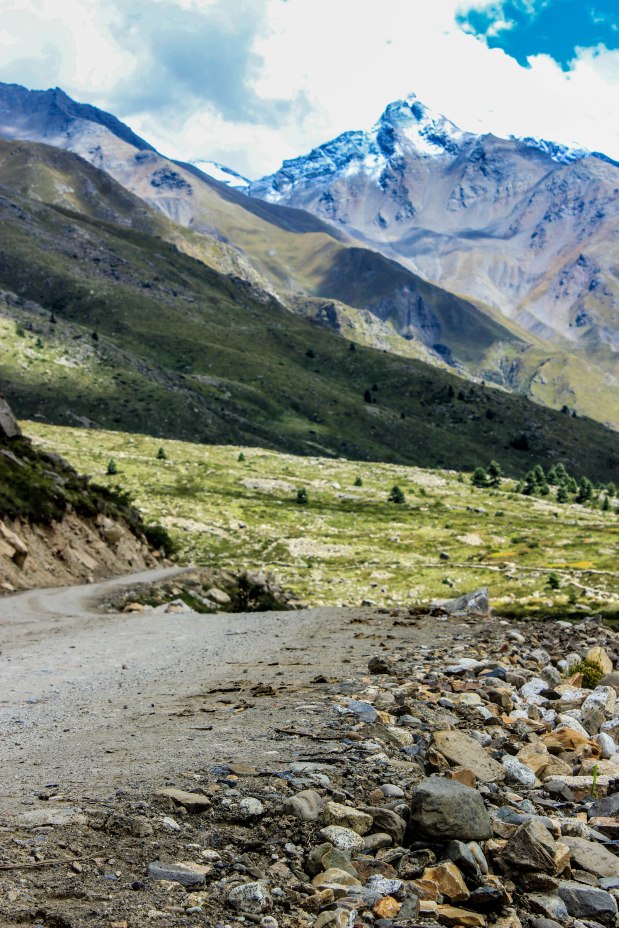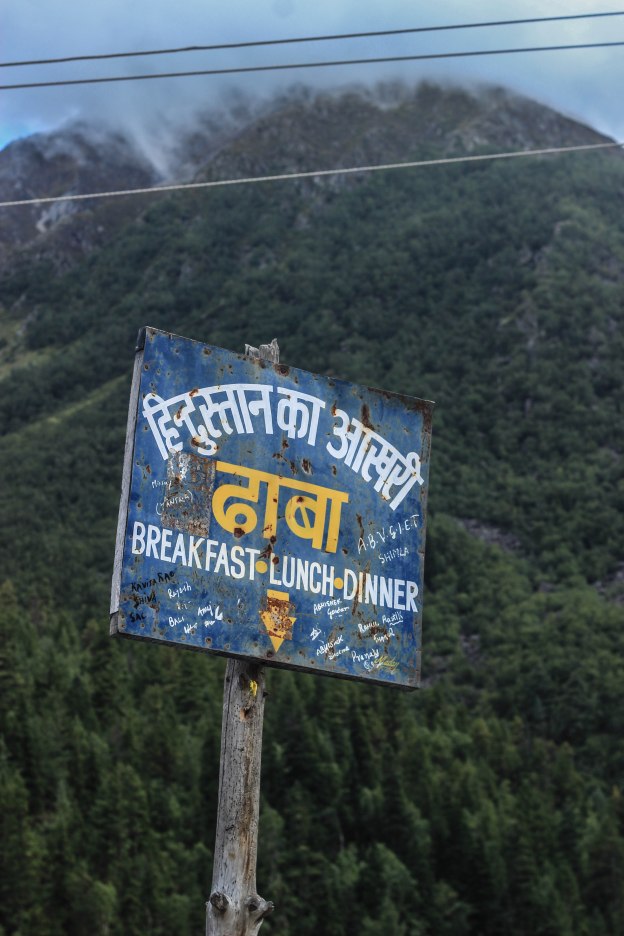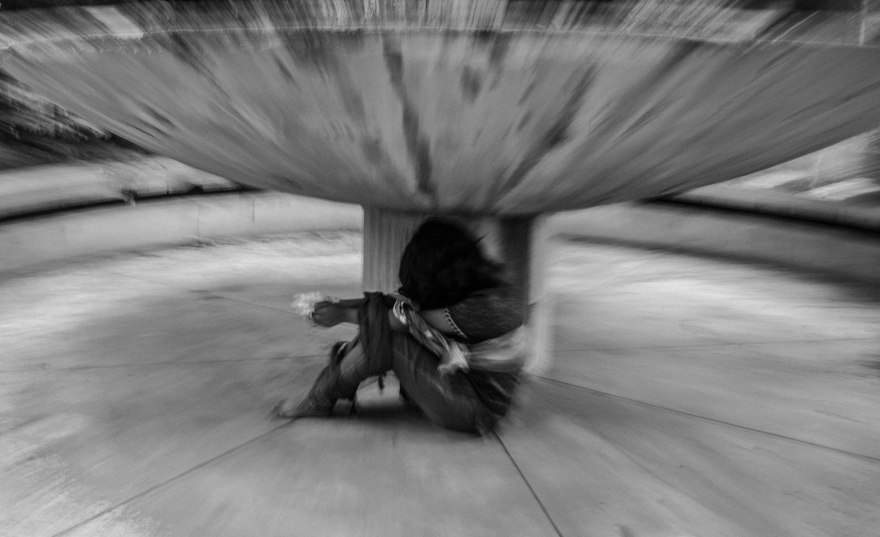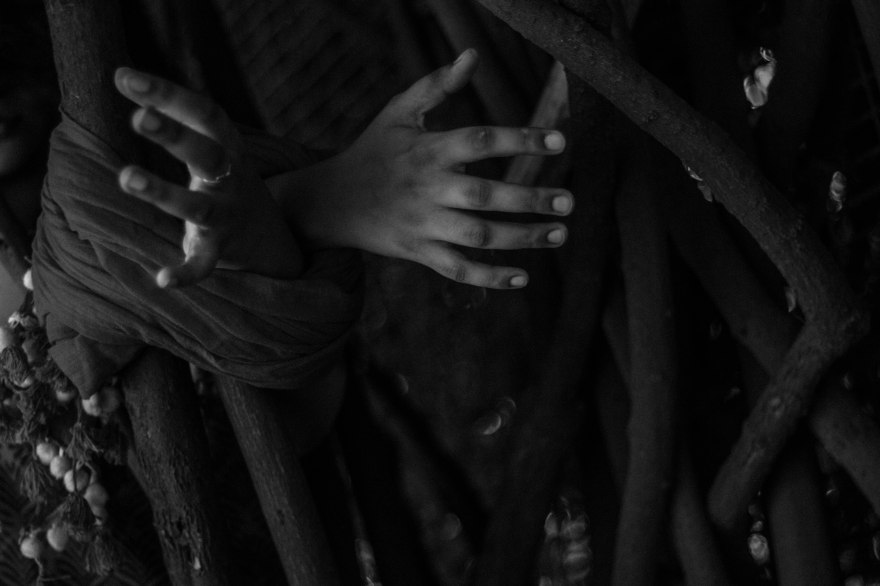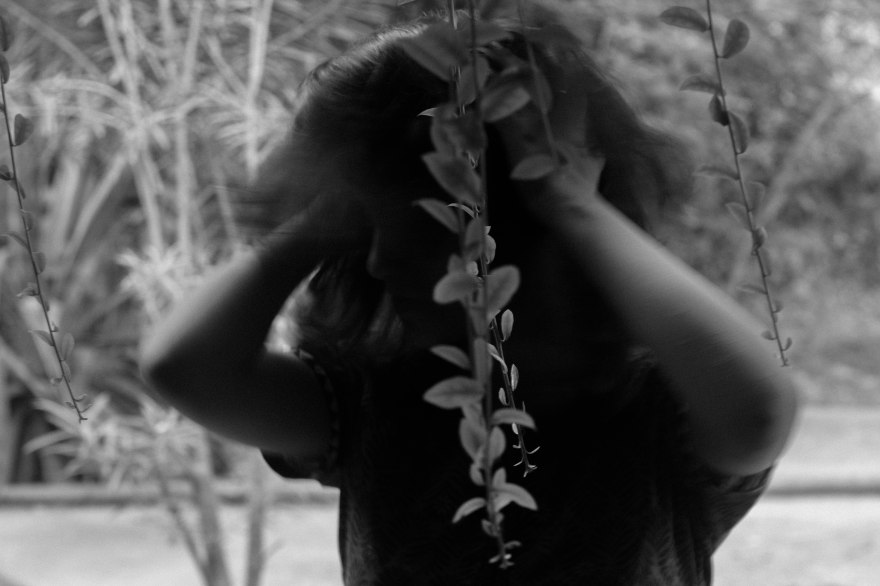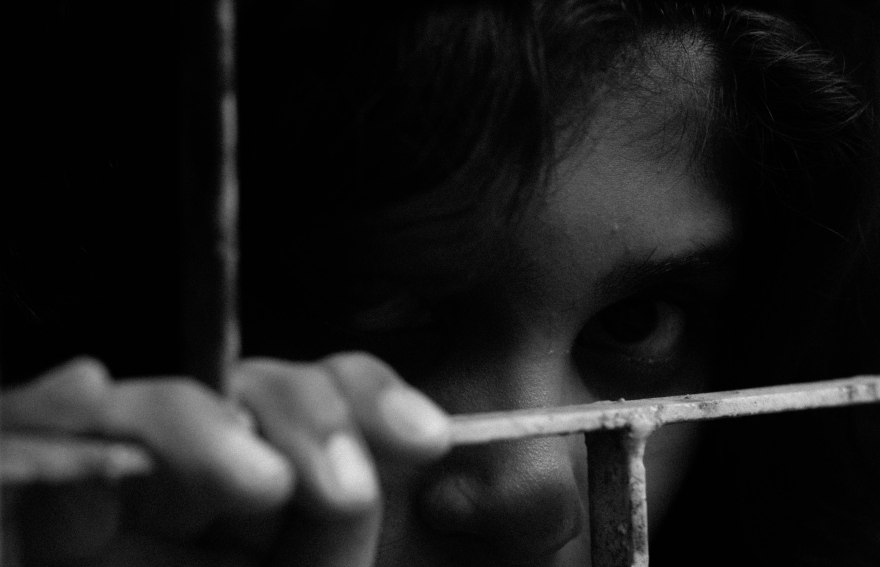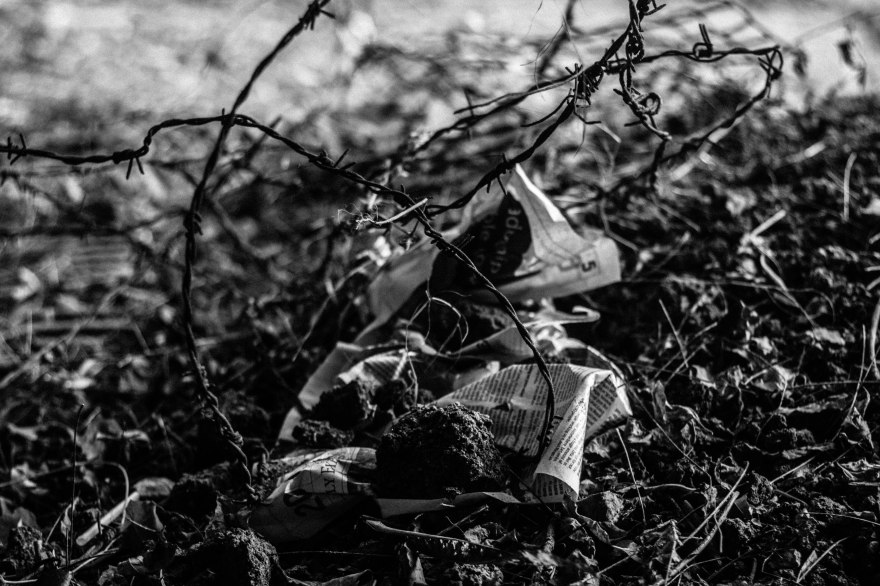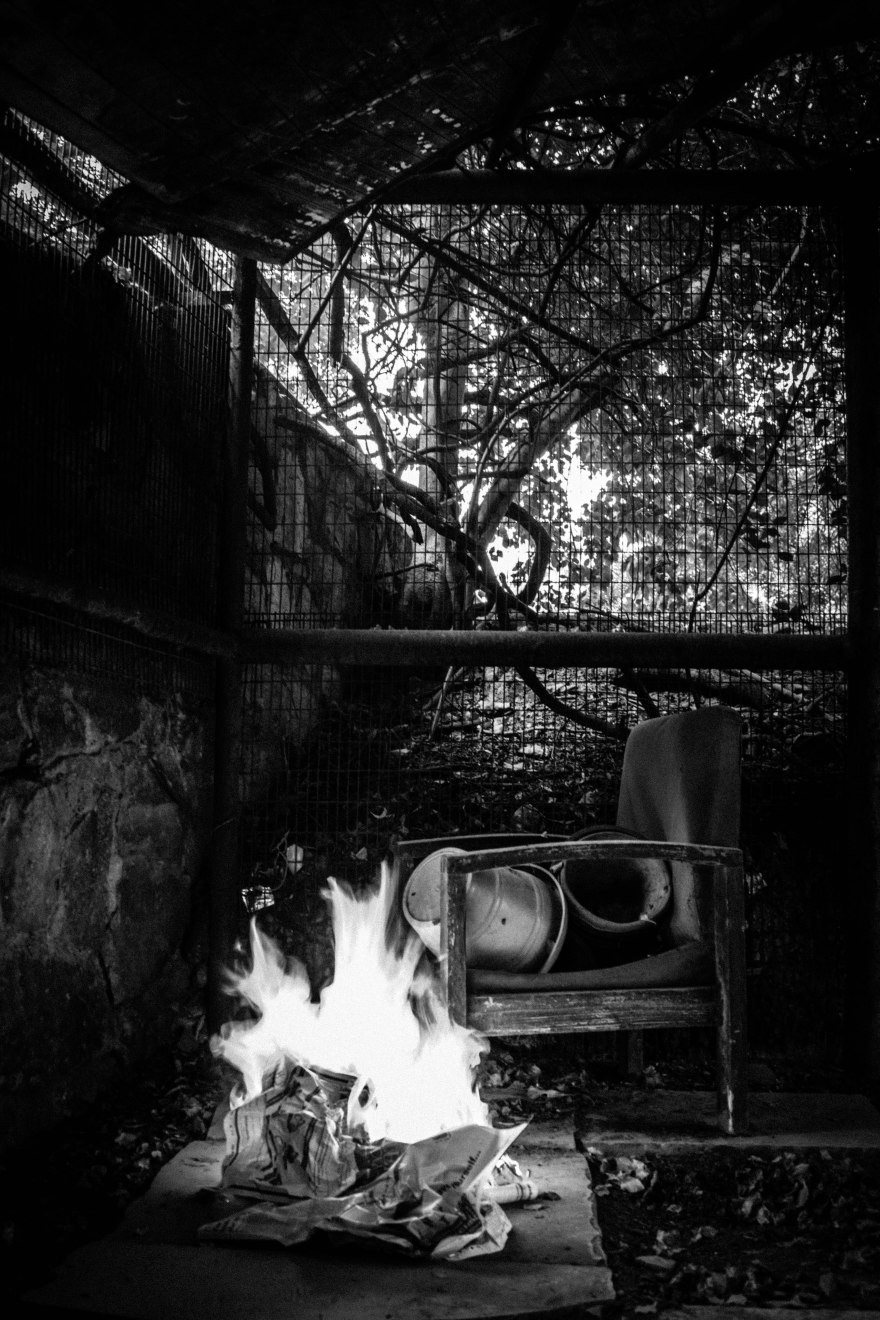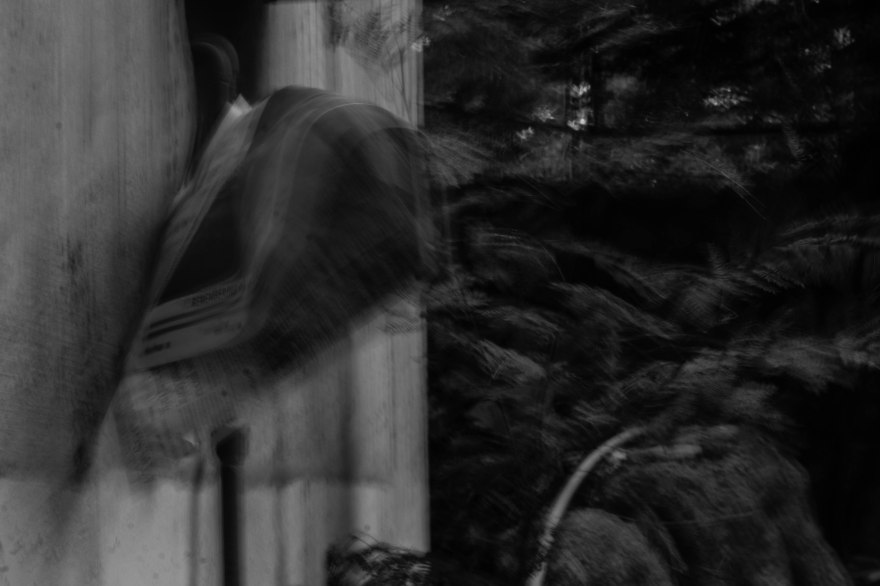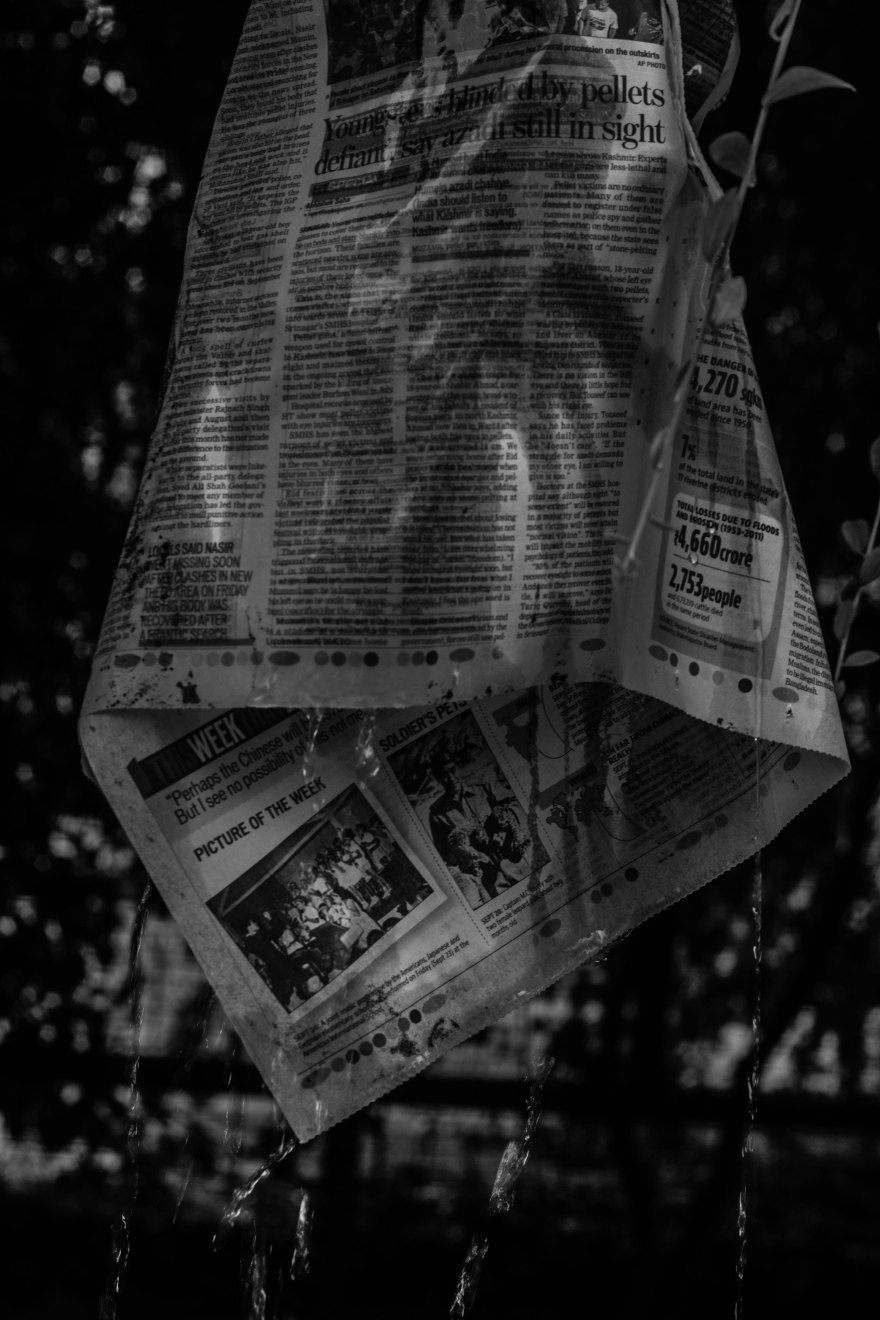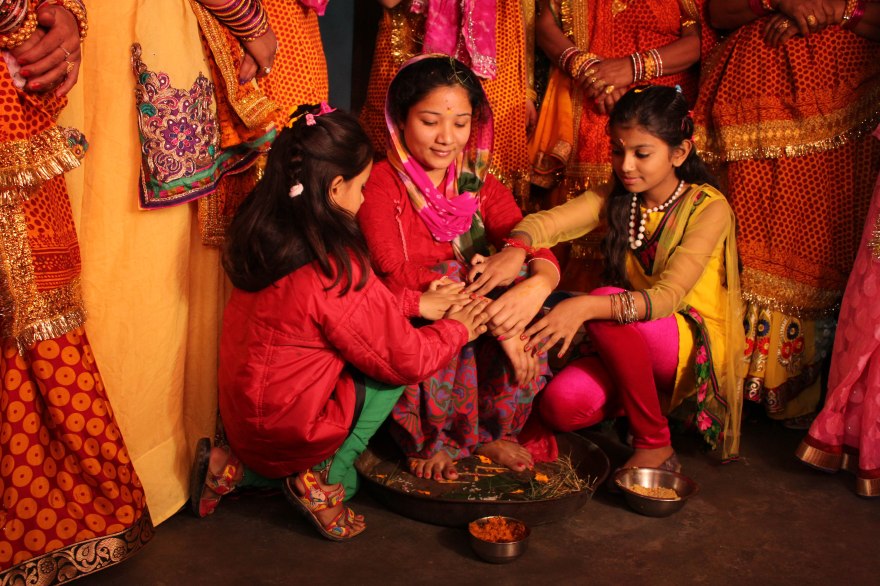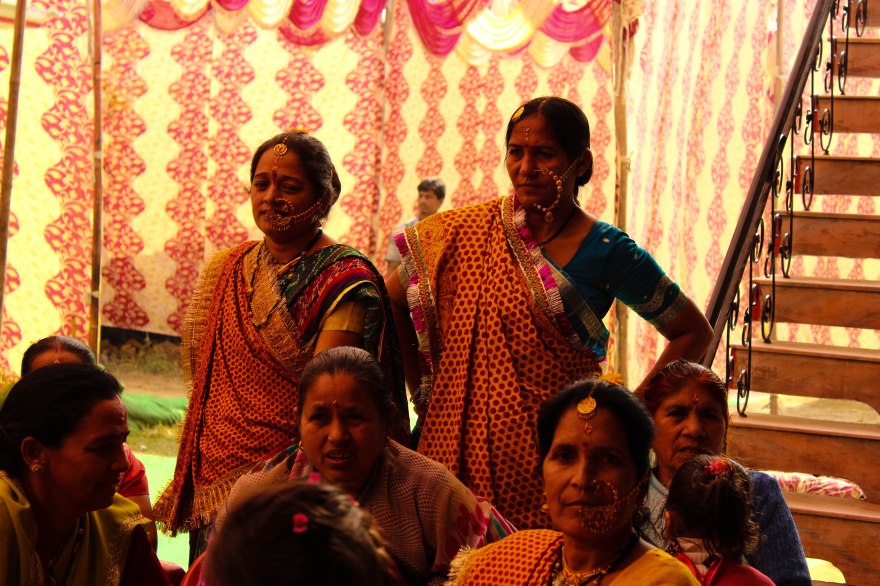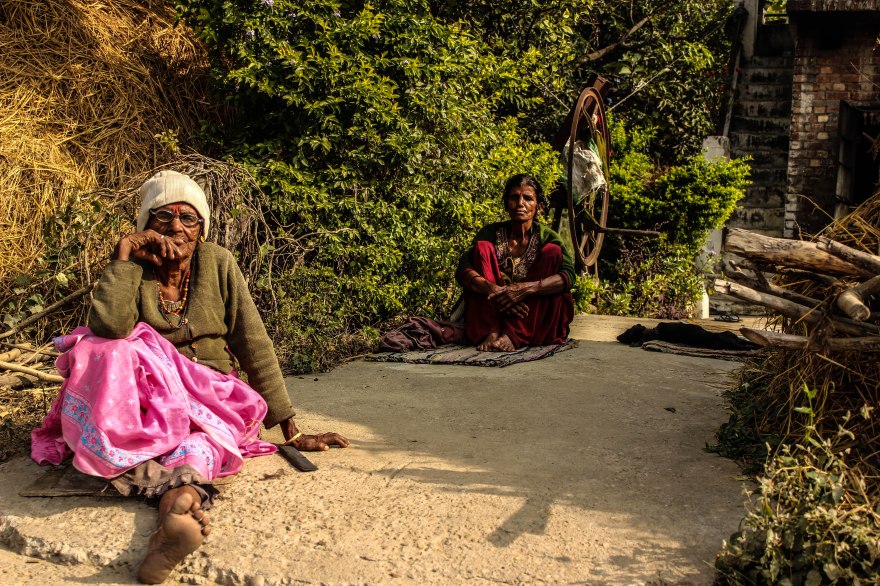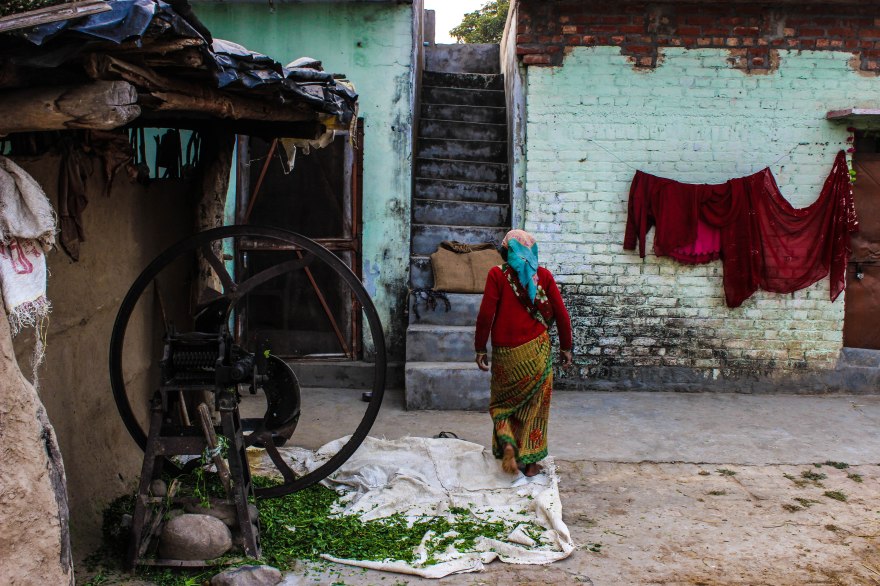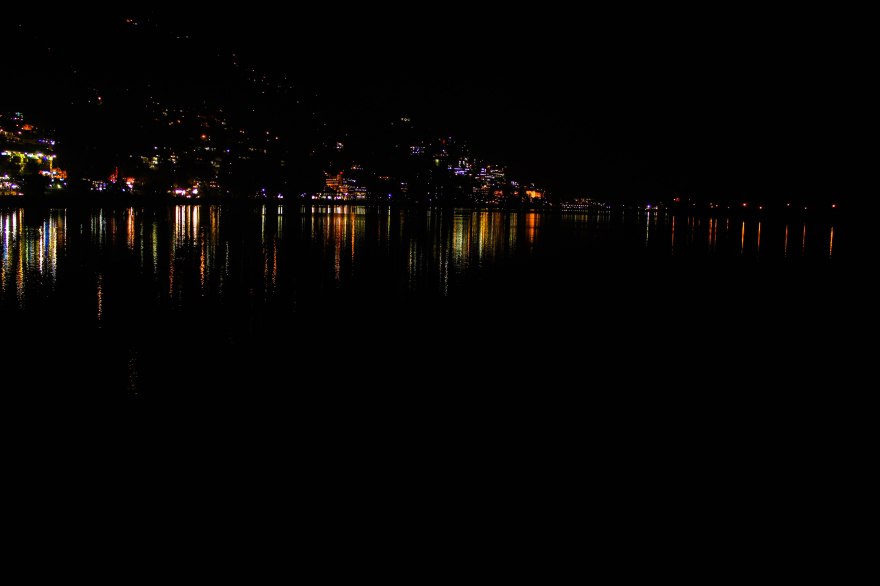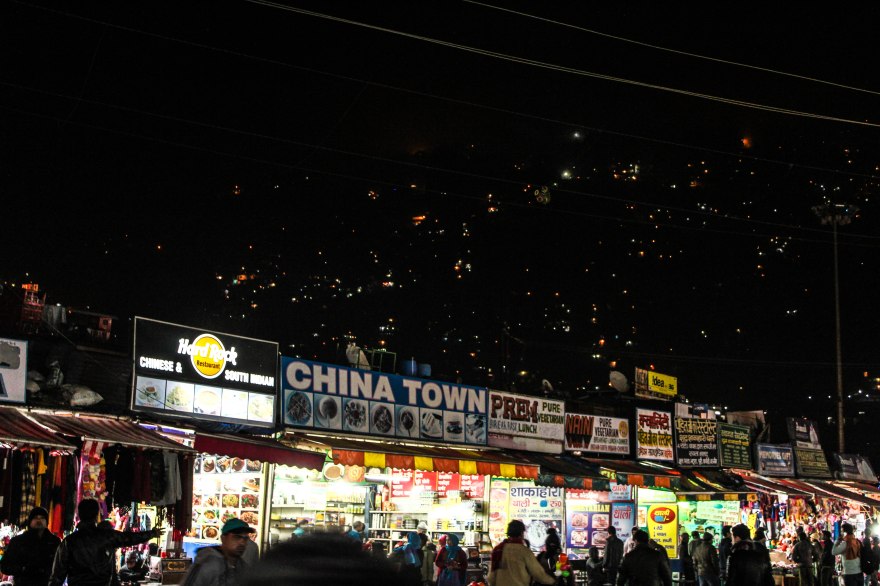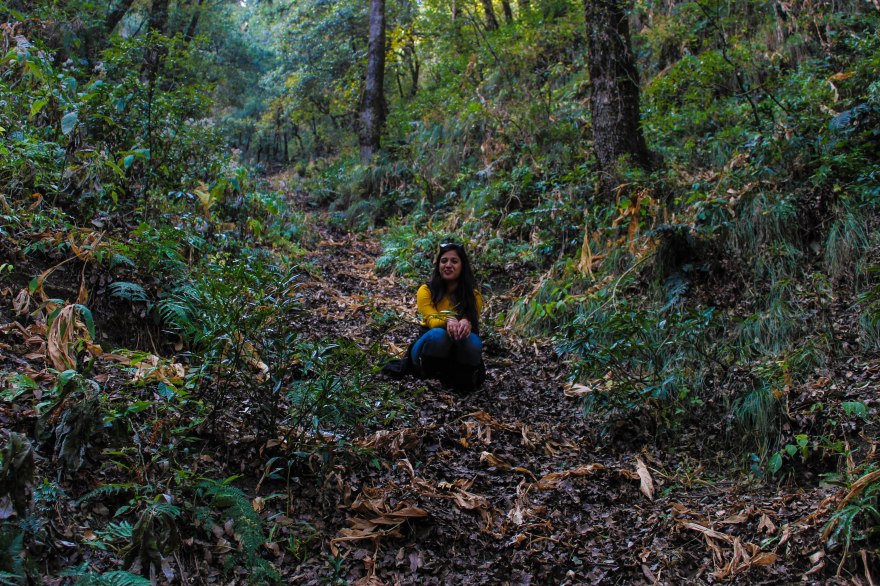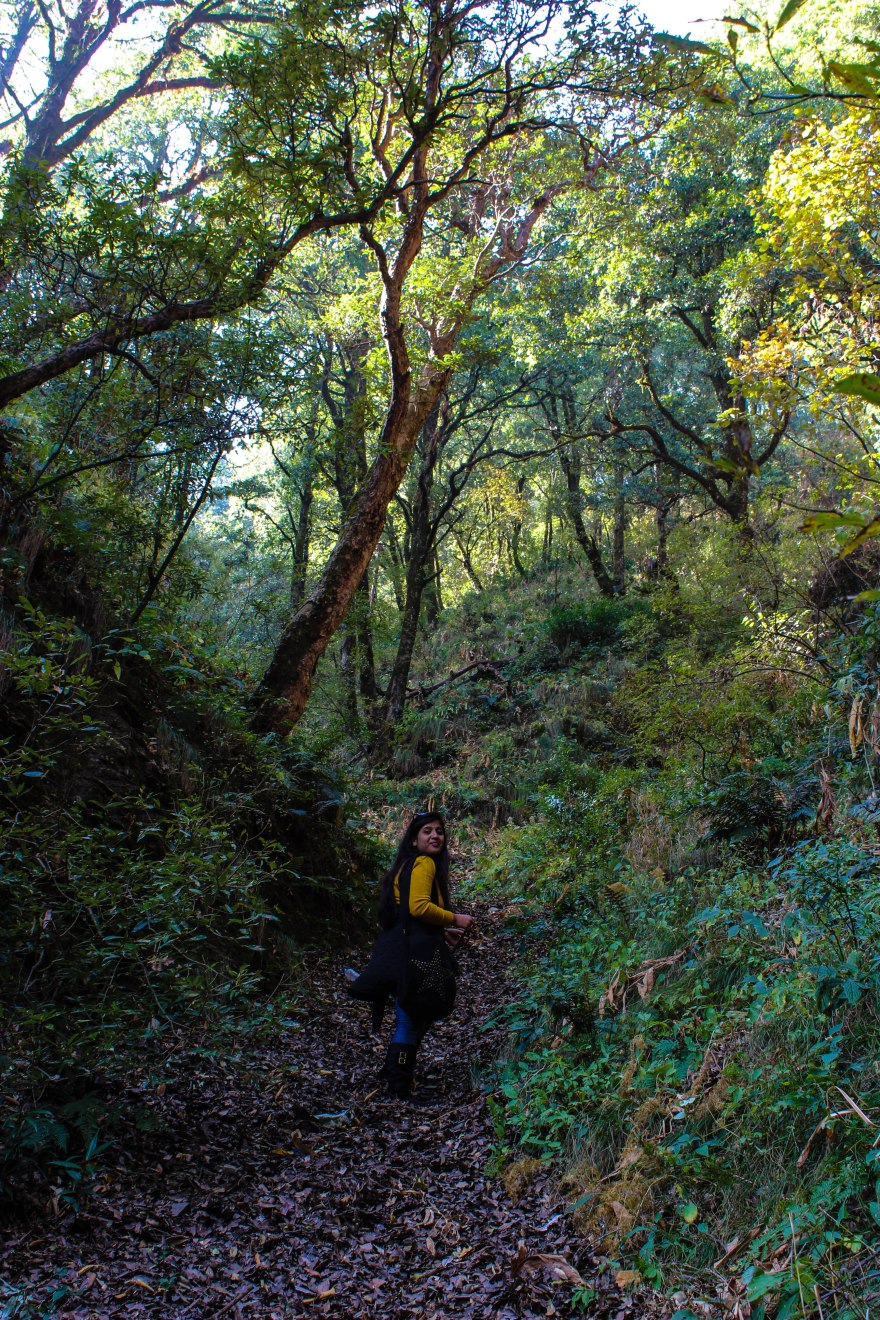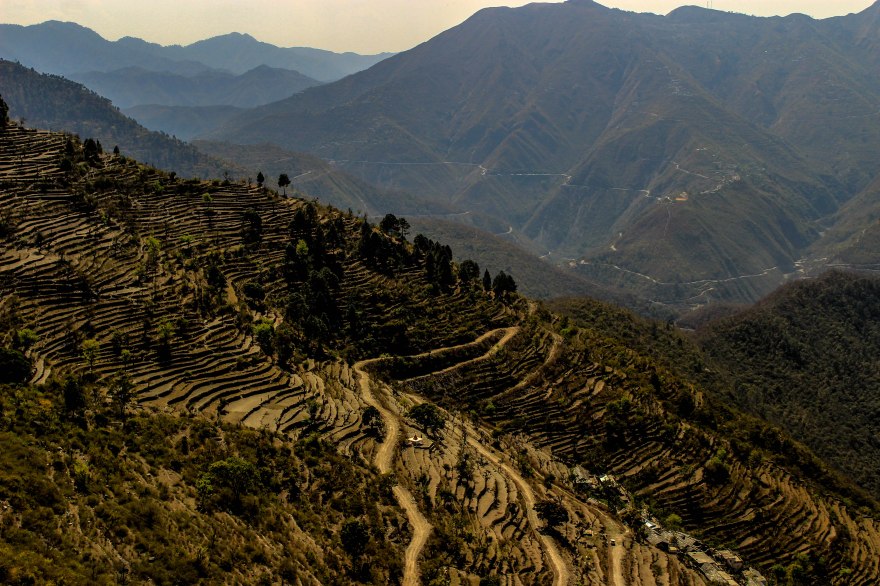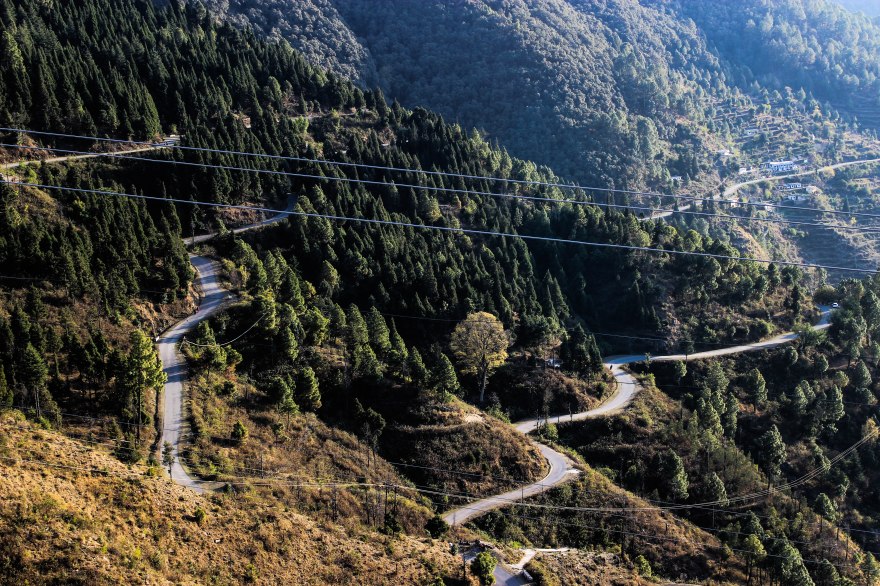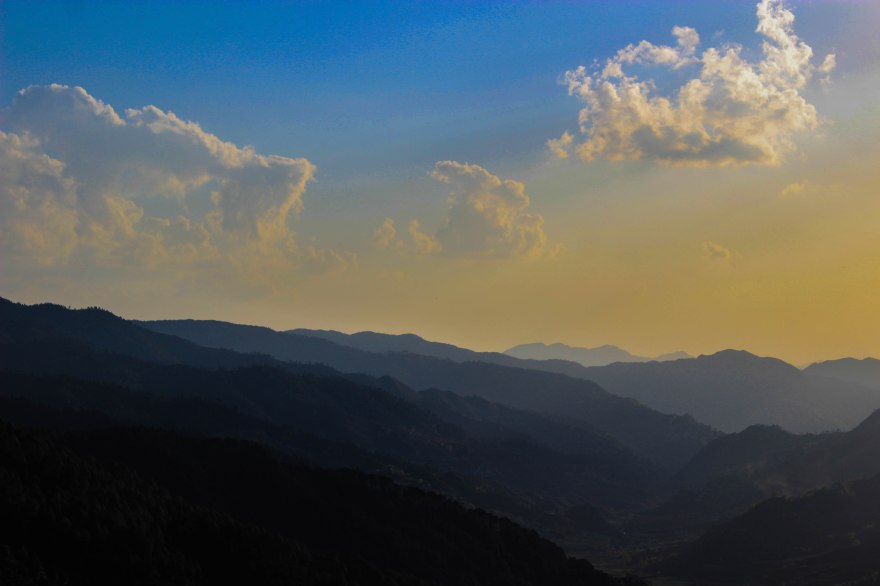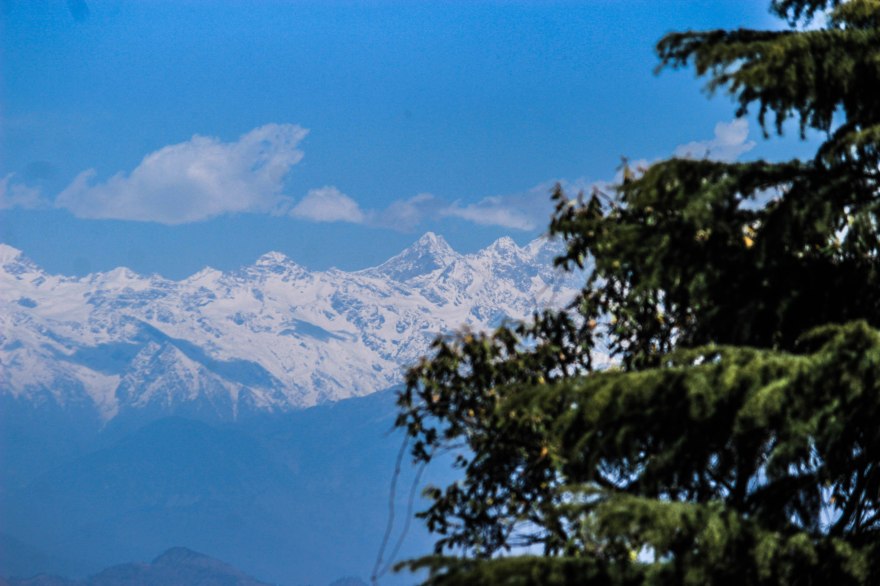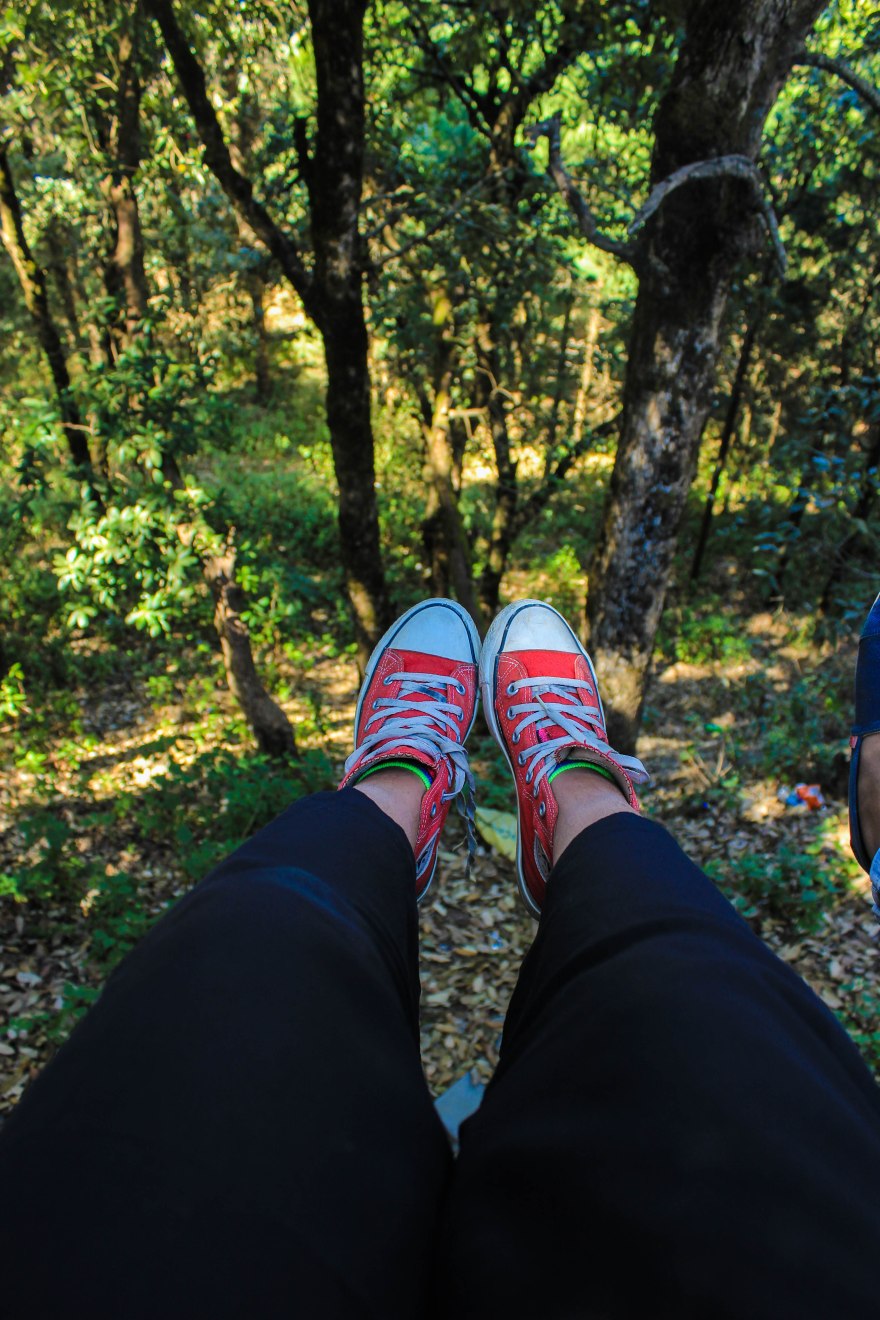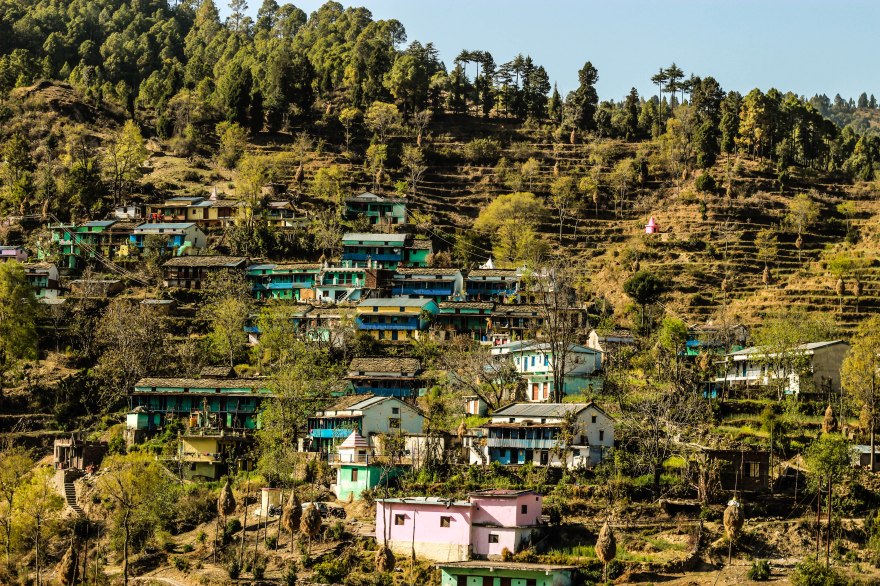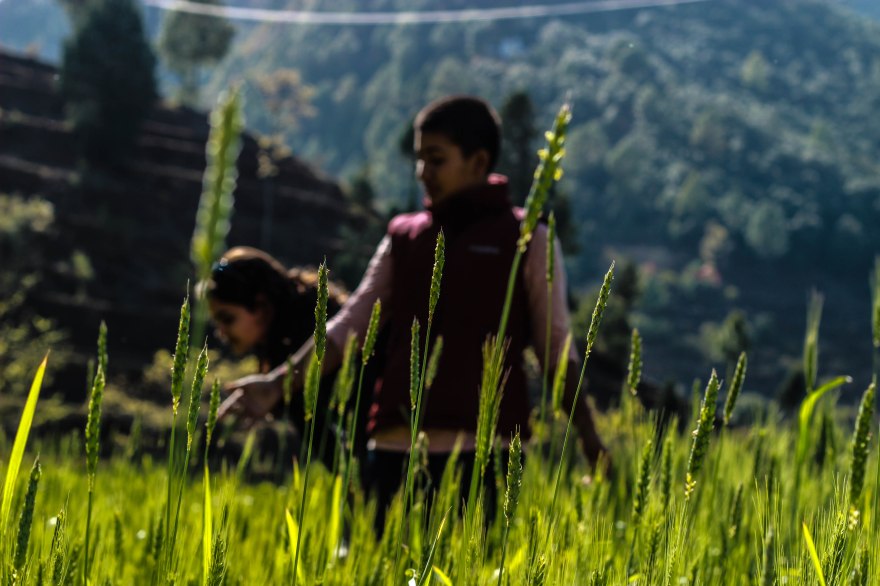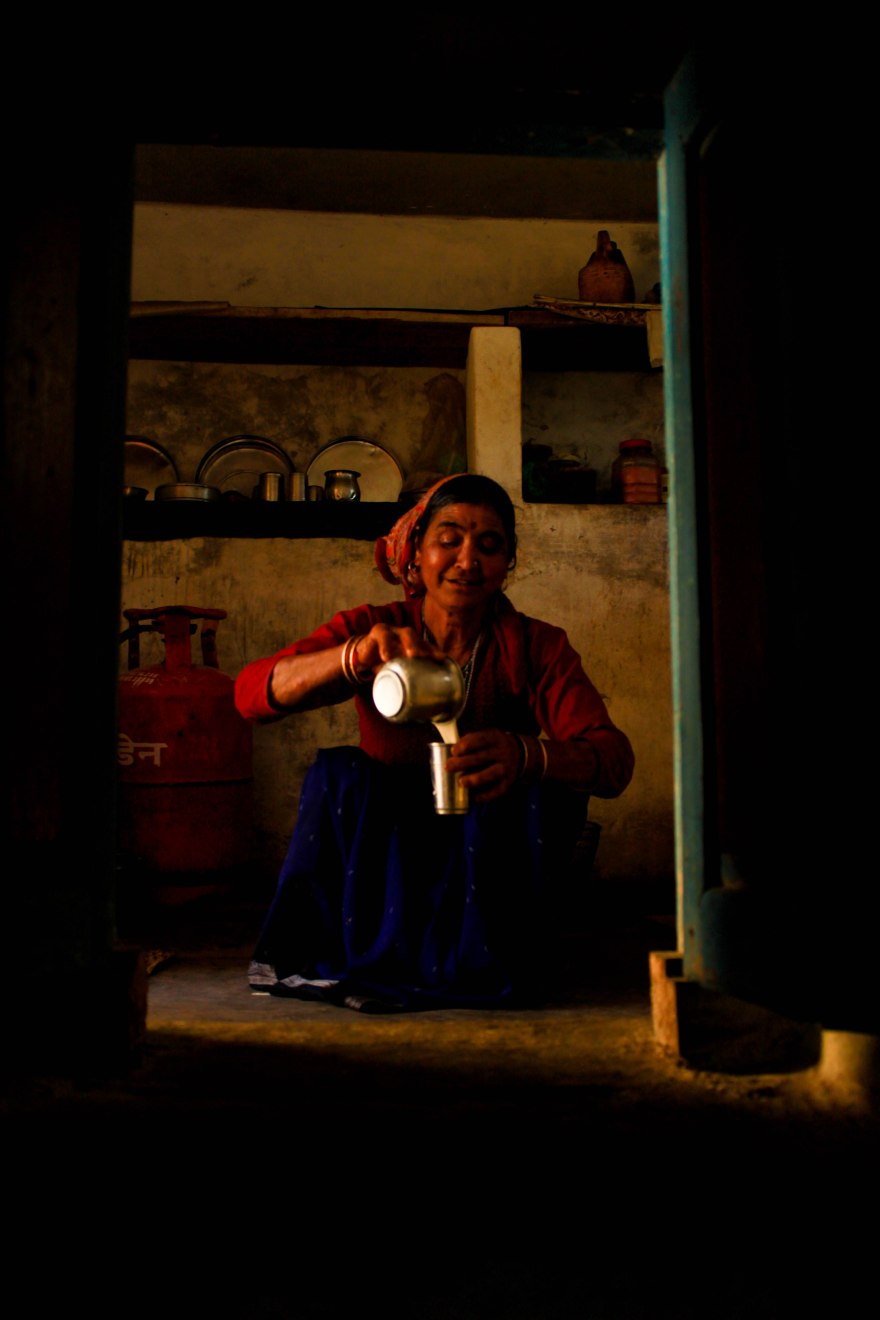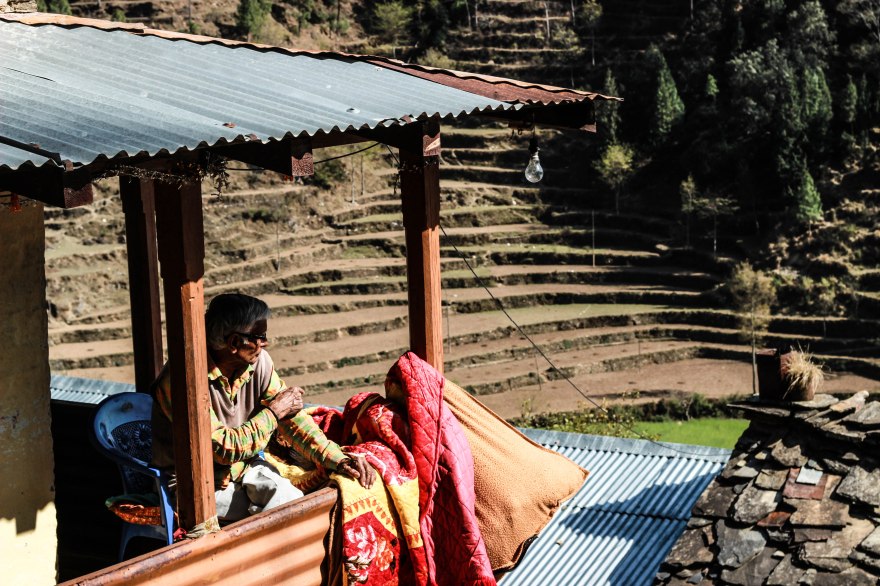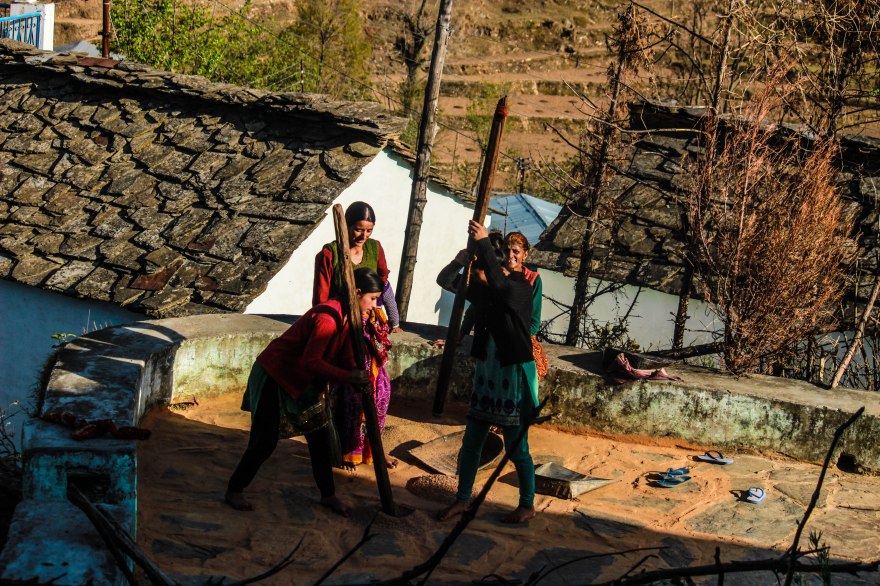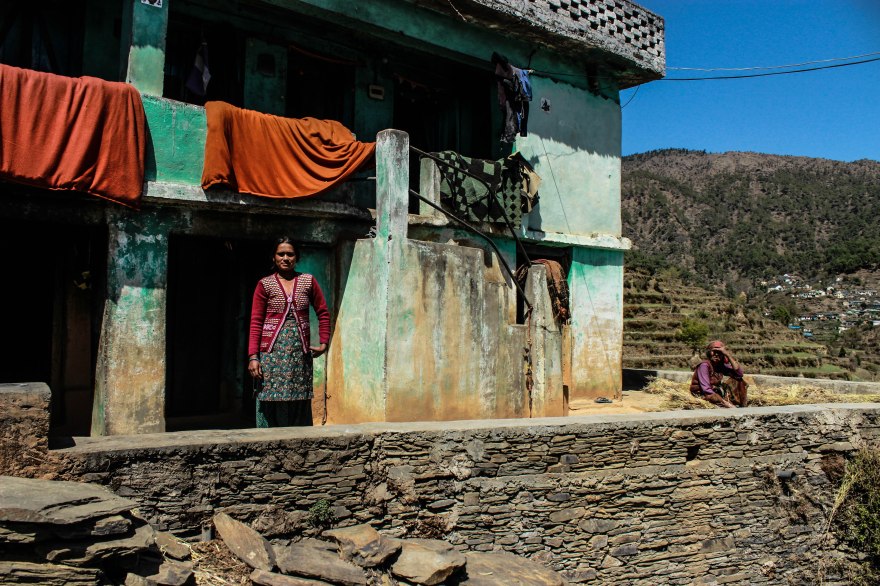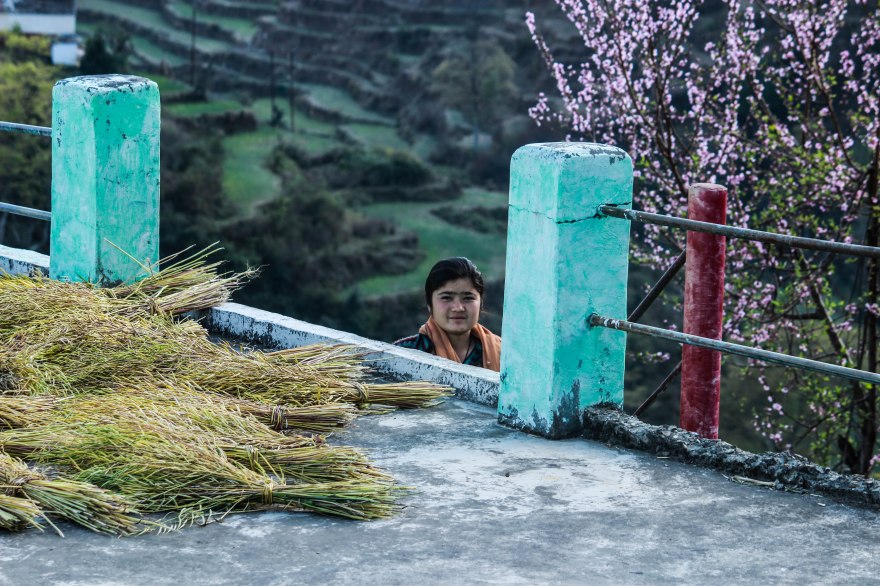As a child whenever I visited my paternal and maternal ancestral places in the old city of Srinagar, the architecture of the houses, the wooden building, the intricate designs on the windows, old brick mortar walls, the creaking sound of wooden doors and the ornamental homes, used to almost captivate me. There was however, one more thing that intrigued me. Standing on Aali Kadal bridge, the golden tops of the temple shine in the summer sun and the winter shade alike. I always wondered about the possible stories of these temples. Once I got to know that these temples are not permanently locked and that they can be opened, only if we find the right people. I set out on a task to see at least one of these from inside. Little did I know, that I would not just see the structures but would get a chance to discern the history, the present, the struggle and the sacrosanct relationship the two communities in Kashmir share till date.
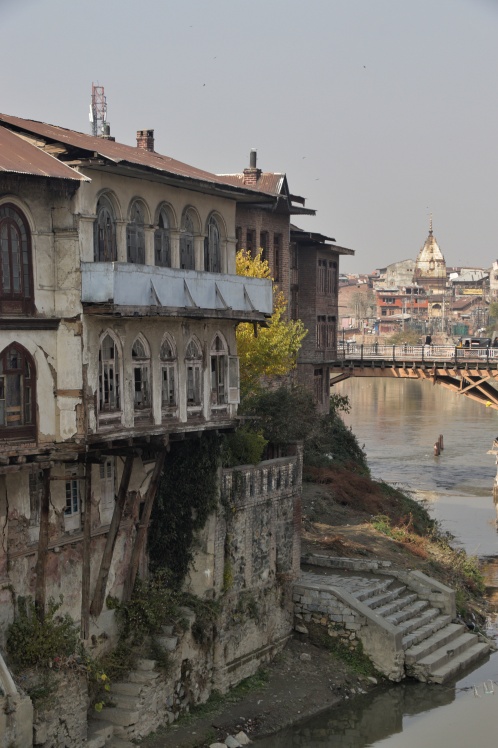
Walking down the brick-mortar lined lanes of the old city, it feels like almost walking into the past. Standing on the banks of river Jhelum, old city is an amalgam of Sufi and Shaivaite tradition. Facing each other on either side of the river Jhelum, lies a Sufi shrine and a Hindu temple. Standing on the zaina kadal (bridge), one can see the leafy green roof of the Khanqah shah-e-Hamadan and on the other side the golden coloured conical top of Ranbir Koul Temple. Kashmir has seen empires of almost all major religions of the subcontinent, and till now the remains of their physical manifestation are present somewhere in the region. Regardless of how ruthless these empires and the rulers have been, they definitely enriched the cultural fabric of the region.
The fact remains that followers of both the traditions had to face some kind of distress and resentment at some point in Kashmir’s history, owing to a state hegemony or oppression by fringe elements. Be it cow vigilantism and social exclusion of Muslims during the Sikh rule or more recently, the 1991 turmoil and how subsequently political figures allegedly preyed upon it and escalated the fear psychosis amongst the Pandits. The masses of the two communities, however, have always known to share a cooperative and affable relationship.
Even during the turmoil of 1991, there are instances of cooperation amongst Kashmiri Muslims and Kashmiri Pandits. Khalid Bashir Ahmad in his book, “Kashmir: Unravelling the myth behind the Narrative” mentions instances where Kashmiri Muslims accommodated Kashmiri pandits in their house to save them from militant attacks, provided them with ration and bid tearful goodbyes.
Mirroring the sentiments from older days, today there is one Irfan Ahmad who takes care of a temple in Maharaj Gunj area of Srinagar, and a Ramesh Koul, a spiritual faith healer attending his muslim visitors in a temple at Aali Kadal.
Standing quietly on the banks of Jhelum right behind the largest trade market in Srinagar, Maharajgunj, Rama Koul Mandir gets lost in the strong smell of spices, a strong sound of silverware clangouring while being cleaned , or the frequent traffic jams in those tiny lanes.
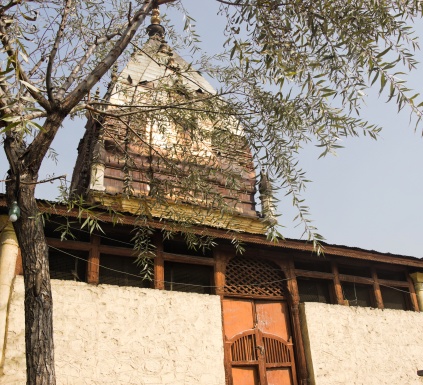
Entering the main gate, the temple compound looks like someone’s warehouse. Right in front of me is a small room where I see an old man counting a huge stack of 500 Rupee notes while his steaming hot noon-chai sits besides him in a white bone china cup. I call for him from the small window of the room, “Assalamualiakum! Kya aap iss mandir kay baarey mein jantey hain?” Initially, a little apprehensive, he called me in and started enquiring about me and my life. No later than that, his son Irfan joined us with a curious smile on his face. This is the Rama Koul temple adjacent to Budshah tomb, where the graves of Zain ul abideen and his mother lie. The temple has been abandoned since 1991. Three generations of Irfan’s family have been taking care of the temple since then, and at no cost do they want to leave this duty.
In 1990 when the Ayodhya dispute and the following violence engulfed almost the entire North India, Kashmir too couldn’t escape from its clutches. Few young boys came with hockey sticks to destroy the temple.
Similarly in 2002, angered by the torture and injustice faced by Muslims in Gujarat, yet again few young boys wanted to take revenge by destroying a temple that stood thousands of miles away from the Gujarat riot scene. On both the occasions Irfan’s mother was on a watch. When a crowd of these young boys approached the gate of the temple, Irfan’s father tried to stop them, but in vain. Once they reached the stairs of the main temple, they found a determined old lady sitting there without flinching. Being from the neighbourhood, and probably out of respect, the boys left and could not vandalise the temple.
The family now keeps the doors of the temple locked at all times, after an unfortunate incident in 2000 when a grenade was placed inside the temple, according to Irfan. After several such occasions Irfan’s family constructed a wall around the temple premises, shutting the back door permanently, suspecting it to be the entry point for troublemakers.
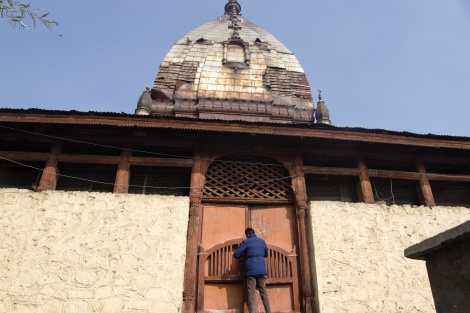
“Come, let me take you inside the temple. This comes under the jurisdiction Dharmarth Trust, but you know how things are, we hardly receive any maintenance funds from them” said Irfan. There are two gates to the main temple, one closed with a thick white rope and the other locked down. While Irfan open the rope, I don’t miss a chance to click a photo of the moment. Once the second door is unlocked, I could see the temple interiors coming to life. I started visualising how the interior, which now hosts only pigeons, would have looked like years before I was even born. “What about this door?” I ask Irfan about this one smaller room inside the temple which I guessed would have been the main worshipping sight. “Yes, this has three idols. I can’t tell you the names because I don’t recognise them. I don’t have the keys to this, the darmrath trust does. I have seen these idol only when we used to come here as kids. Since 1990s, this small door has never been unlocked. ”
To me it seemed as if the idols inside these four walls must be yearning for their worshippers.
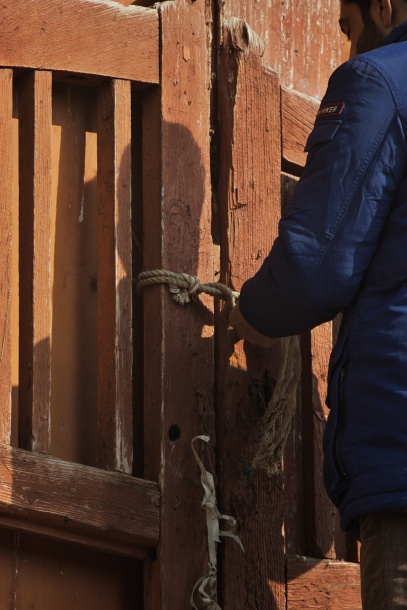
“We have Kashmiri Pandit friends who are living outside now. If something were to happen to this temple what am I supposed to tell them. This is their lineage , and we shall take care of it at all times.” Says a proud Irfan.
Irfan, around 35 years old now, reminisces his favourite teacher from school who was a Kashmiri Pandit, and how he along with his Hindu and Muslim friends used to visit this very temple and attend pooja sessions only to savour the delicious Prasad distributed afterwards.
“I remember, my Pandit teacher, how he was beaten up by the security personnel one day and he succumbed to the injuries,” he sighs.
Both the father and the son yearn for a time when their kashmiri pandit friends would return to Srinagar and they could all sit together at the banks of Jhelum and recall the glorious past.
Unlike Rama Koul temple, Batiyari temple in Aali Kadal area is still functional and caters to only one devotee, Ramesh Koul, the soul visitor and also the temple priest. A private school teacher by profession , Ramesh Koul did not leave Kashmir during the 1991 exodus, he couldn’t. Kashmir was where he was born, where he lived his entire life, he didn’t know any other way of life. Kashmir was all he had. Koul lost his parents when he was a teenager and was brought up by his grandparents.
During the 1991 crisis, he was alone. He had no family, only trustworthy neighbours. Walking down the lanes of Aali Kadal, I asked a kandur (Kashmiri Baker) about the whereabouts of Ramesh Koul. He called for him from his shop. A curious Ramesh Koul peeped out of a small window of a centuries old brick mortar house. He started enquiring about me, he had apprehensions. At times he does feel the fear but these fears are alleviateed by the relationship he shares with his Muslim neighbours.
“I have been living here since my childhood days, and never have I felt threatened or a stranger. Yes, there are moments when I resist socialising due to fear and paranoia, but those are just momentary feelings.”
He finally comes down with a bunch of keys and opens the temple right opposite to his house. A well maintained temple that receives donations from kashmiri pandits living outside the state. Ramesh slipped on a wooden slipper meant for the temple priest.
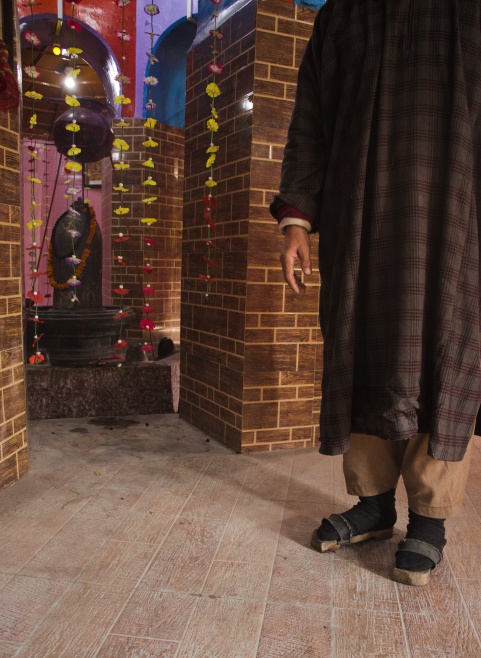
“I have been visiting this temple since childhood, the only difference being, that time we had many visitors and devotees and now it is just me. I come once in the morning and once in the evening to light the diya and ask forgiveness from my God. My god, My bhagwan is my everything. My life revolves around him”, says Koul Sahab in a soft voice.
While explaining to me his cherished relationship with his God, a Burqa-clad woman with two daughters entered the temple and Ramesh Koul asked them to sit in the corner. Intrigued, I asked him about this rather unusual sight. “Girls, boys, men, women, everybody comes to me for healing. I give them counselling session and few medicines to tackle their depression, anxiety problems and other such issues.”
Ramesh koul is a faith healer and all of his visitors are from the neighbourhood, Muslims.
When we were about to leave the temple, while locking the door, Koul sahab tells us about this other temple two blocks away. “Do you wish to visit Rishi Peer’s temple? I have the keys. Again, I’m the sole visitor to that temple as well.”
He asks the women to wait for a while till he returns from Rish Peer’s temple. While wearing my shoes outside the temple, a young girl comes with tchochworu (Kashmiri Baked Bread) packed in a newspaper, keeps it inside his house and leaves. “She brings me bread everyday” said Mr. Koul with a smile.
When we enter the premises of Rish Peer’s Temple, a huge chinar tree awaits us. The entire campus is silent. It is quiet, not even a single person around the place. We enter the temple, the interior structure resembling very much my mother’s ancestral house.I remember the dingy room smelling of Jasmine agarbatti.
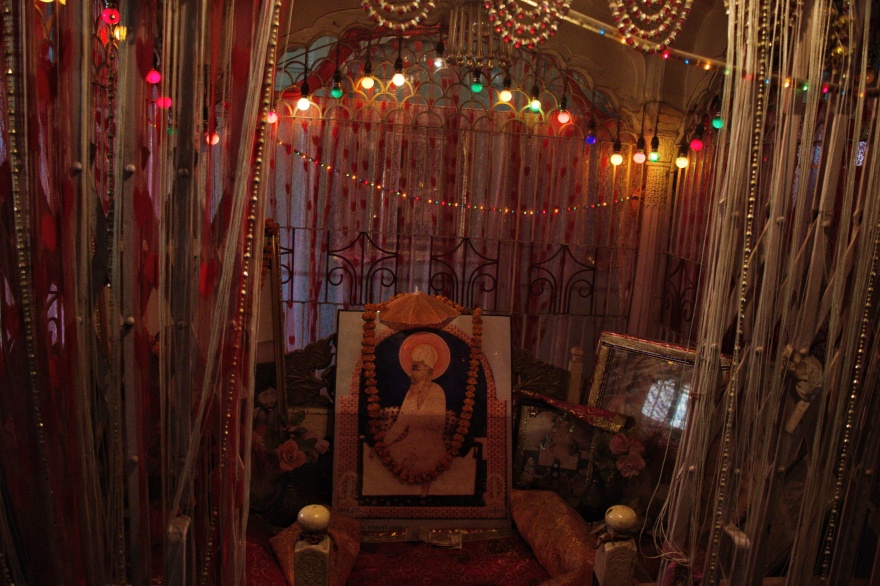
This temple is a bit different. It does not have an idol, it has a photo of Rishi Peer, a Kashmiri saint from around the 17th century. We enter this low lit room from a tiny door, the ceiling knocking my head. The room is lighted with red fairy lights, and photo of rishi peer stands respectfully in an enclosure. Strolling in the room I find old photos stained with tea, or probably coffee. The photos are of few Kashmiri Pandit families, some professionals and even students.
More than these places acting as a sight of worship, they are a memory keeper of the life of Kashmiri Pandits in the valley.
He gives me a handful of dry fruits, some blessings and I leave. As I walk out of the lane where this temple stands, the place looks familiar. An old bakery on my left hand side, and a distinctive blue door adjacent to it. Ah! this is the lane where my mother used to bring me to. This bakery is where I used to come as a kid and eat their localised éclairs. I sigh!
While walking down the road, a shopkeeper abruptly asks me, “What are doing here, beta? Are you chronicling the temples or the houses of our Kashmiri Pandit brothers?”
“Yes, I am. Do you have anything to share?”
“What should I? How much can I? Those were some good old days.”
Standing beside a vegetable vendor, overlooking the calm yet raging Jhelum, I wonder to myself; downtown has so much to say, it has been the center of all empires, trade, culture and resistance. Downtown is a cradle of Kashmir’s history.


































